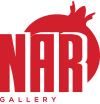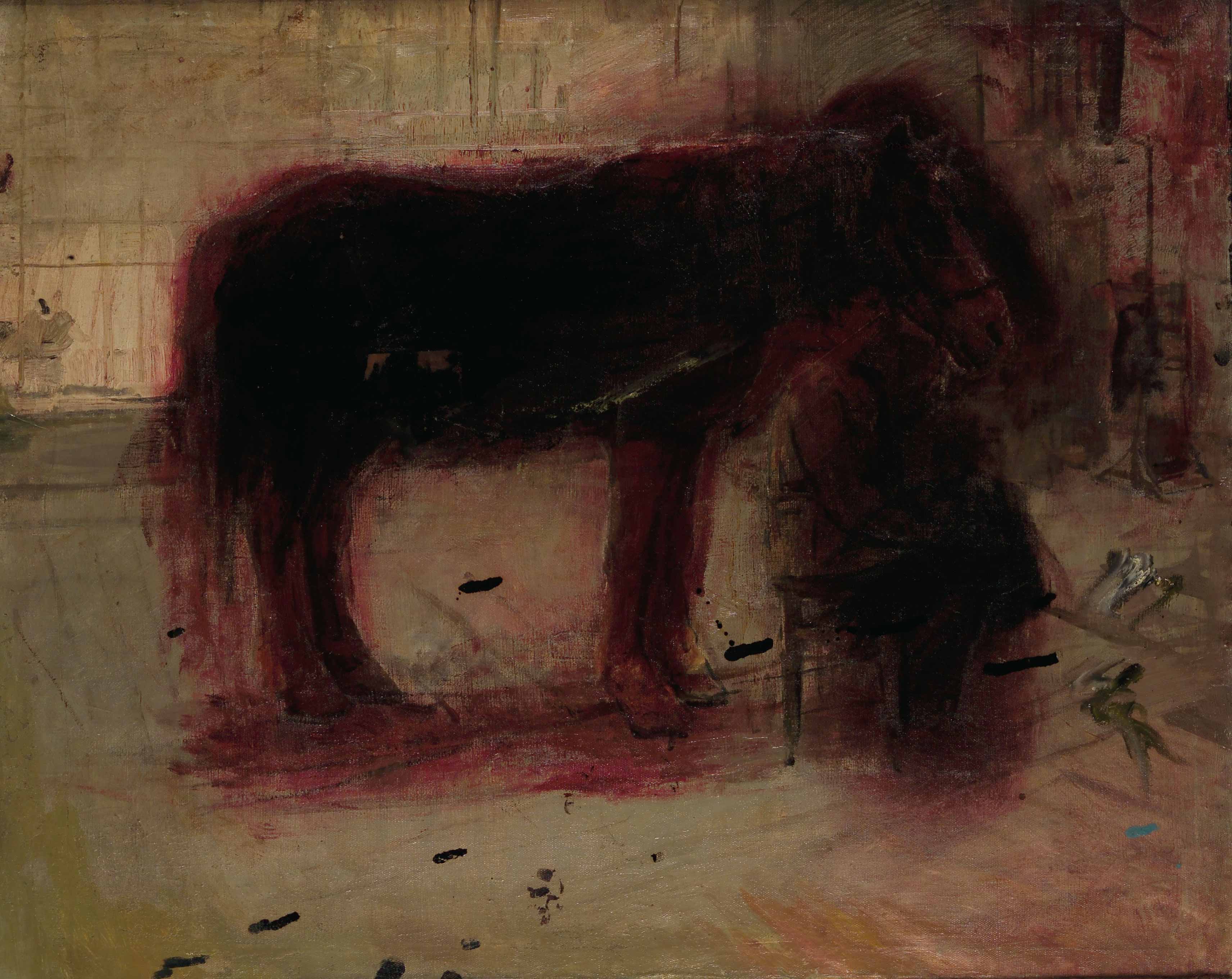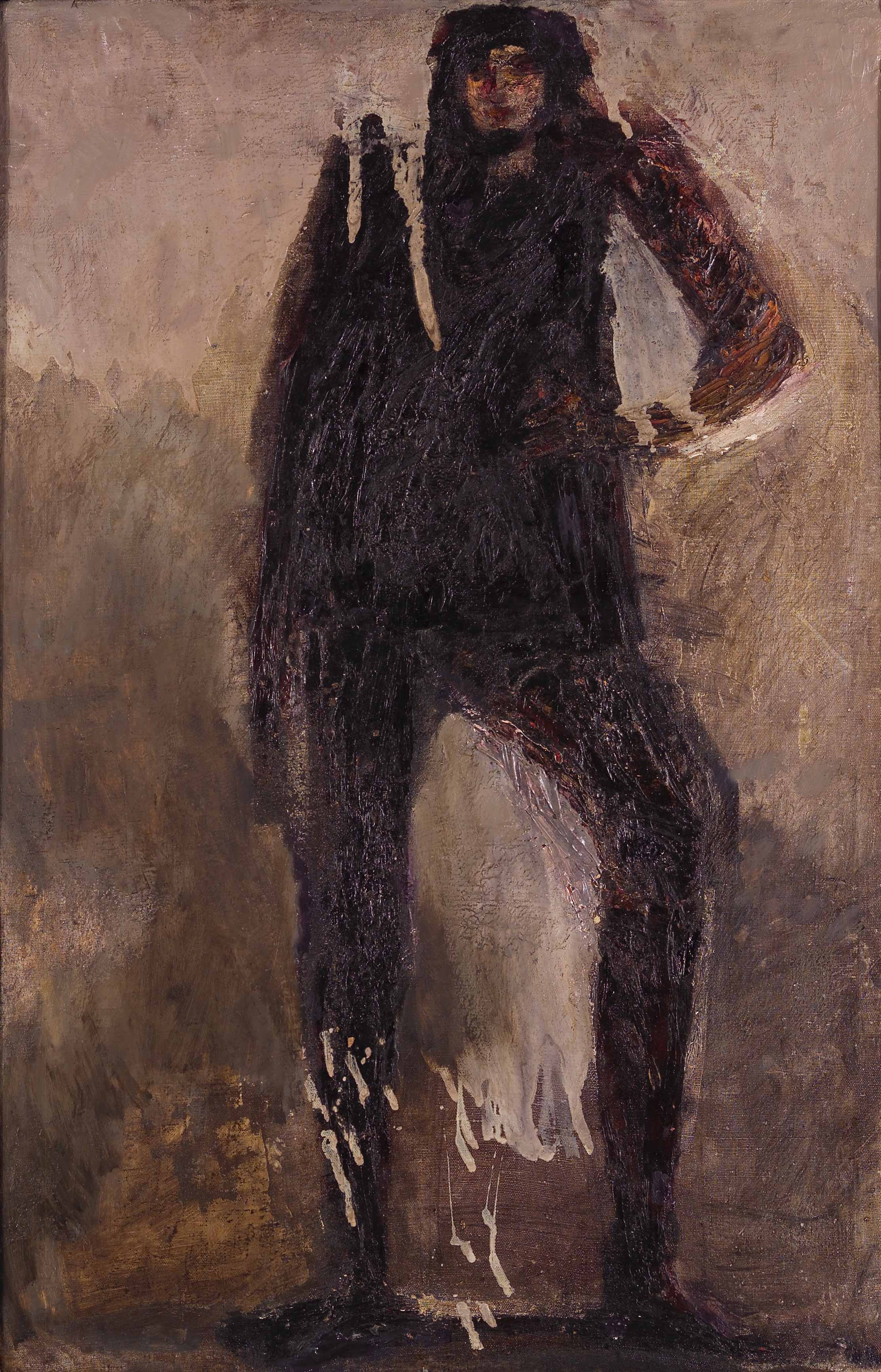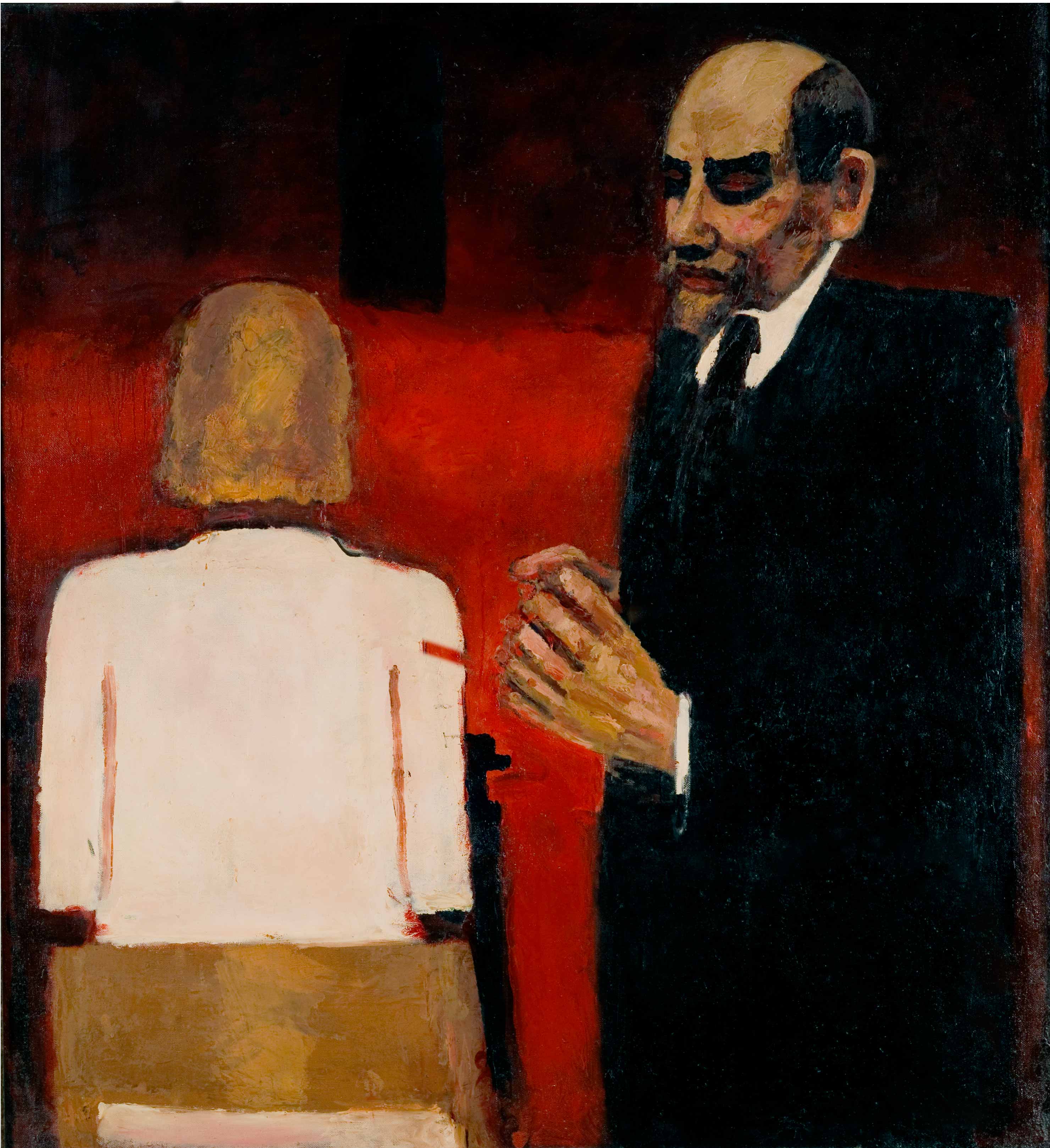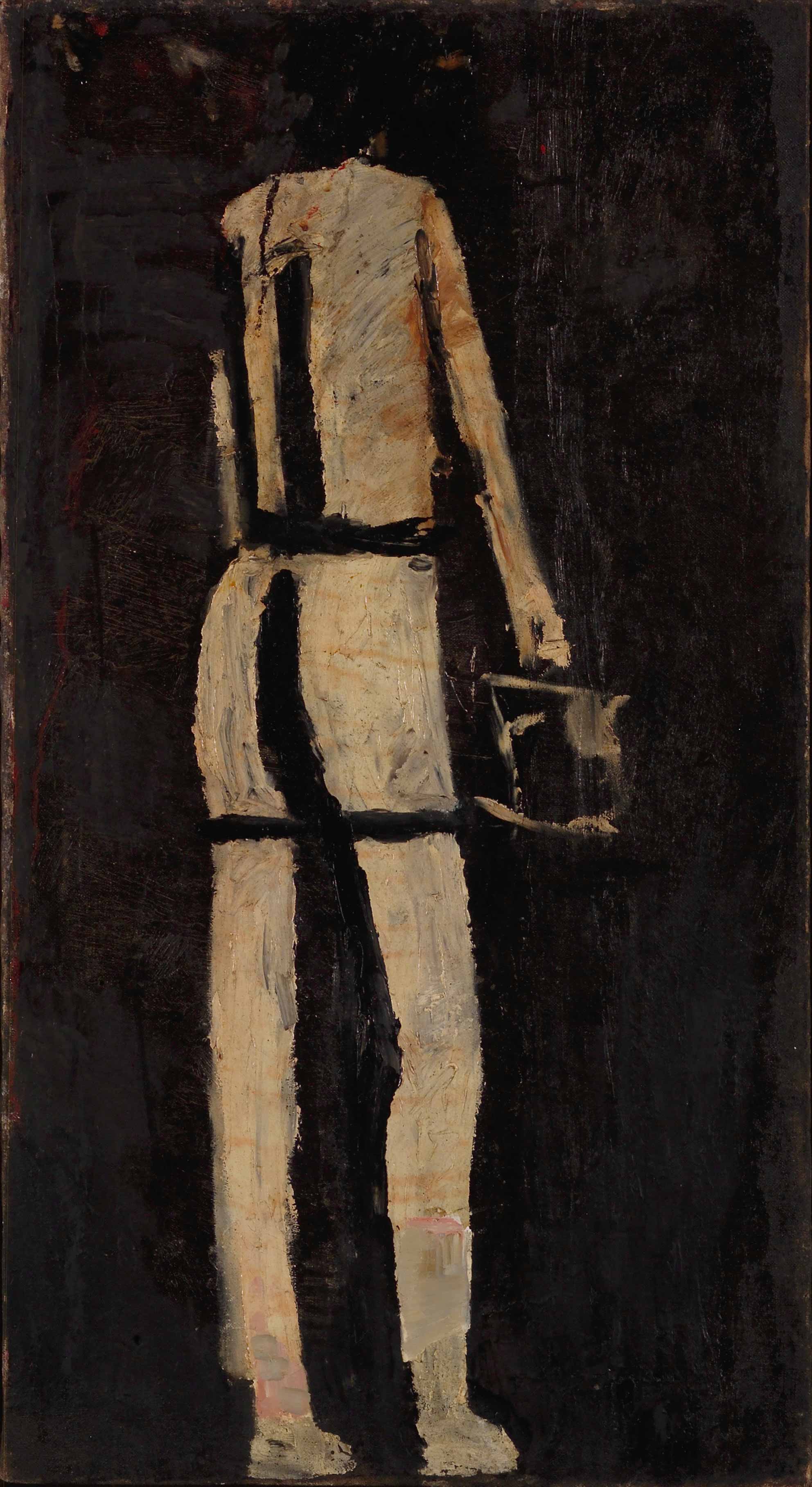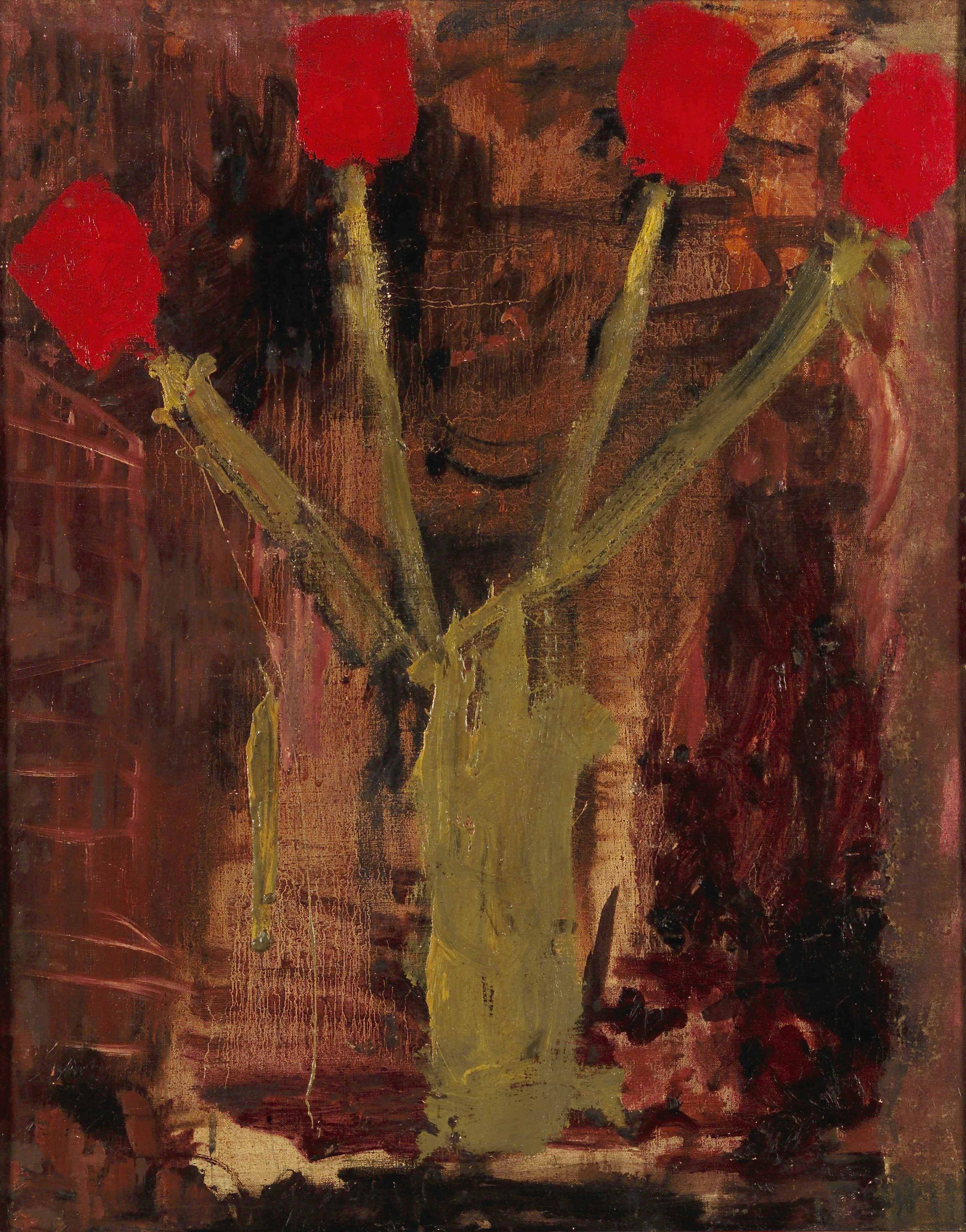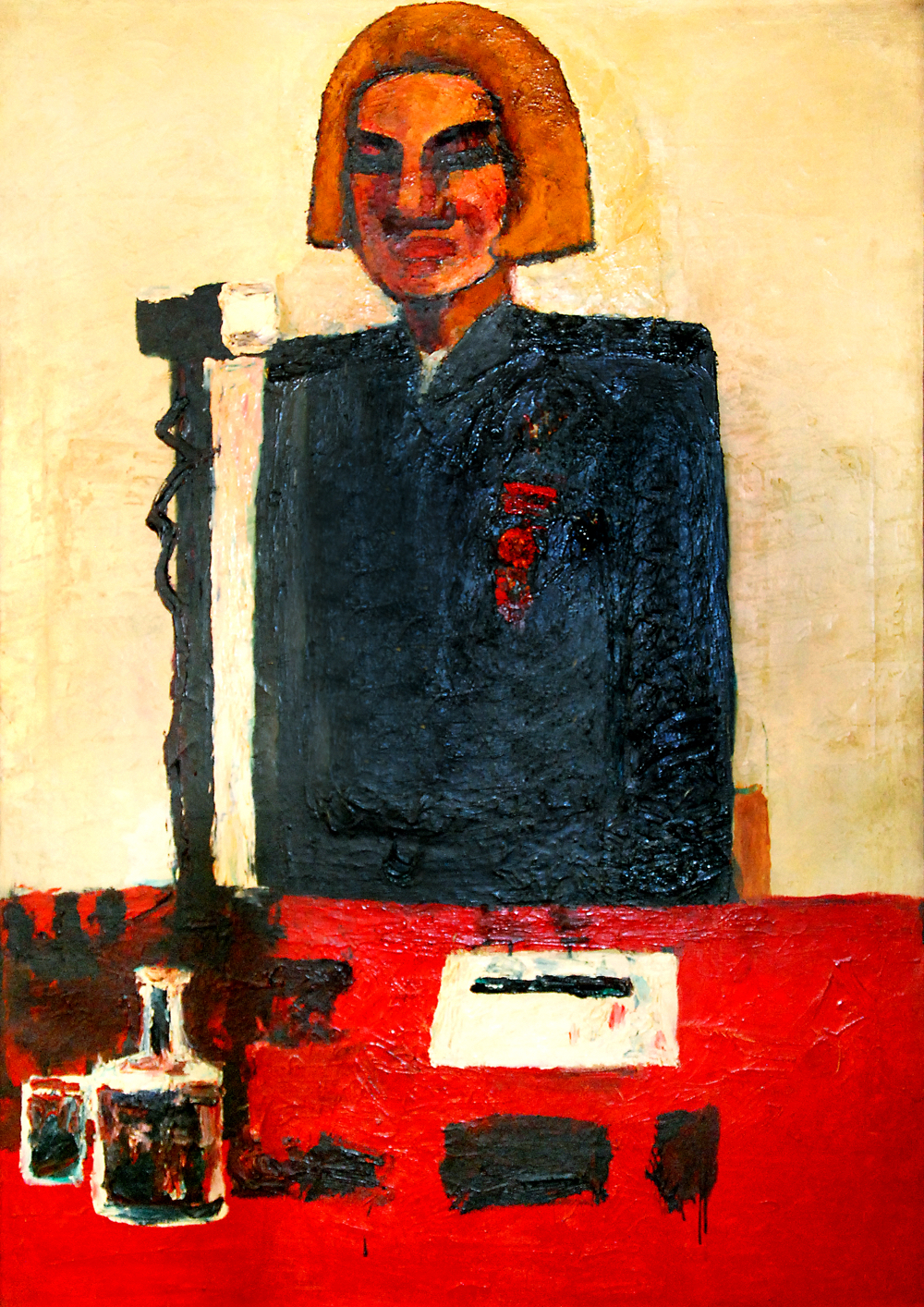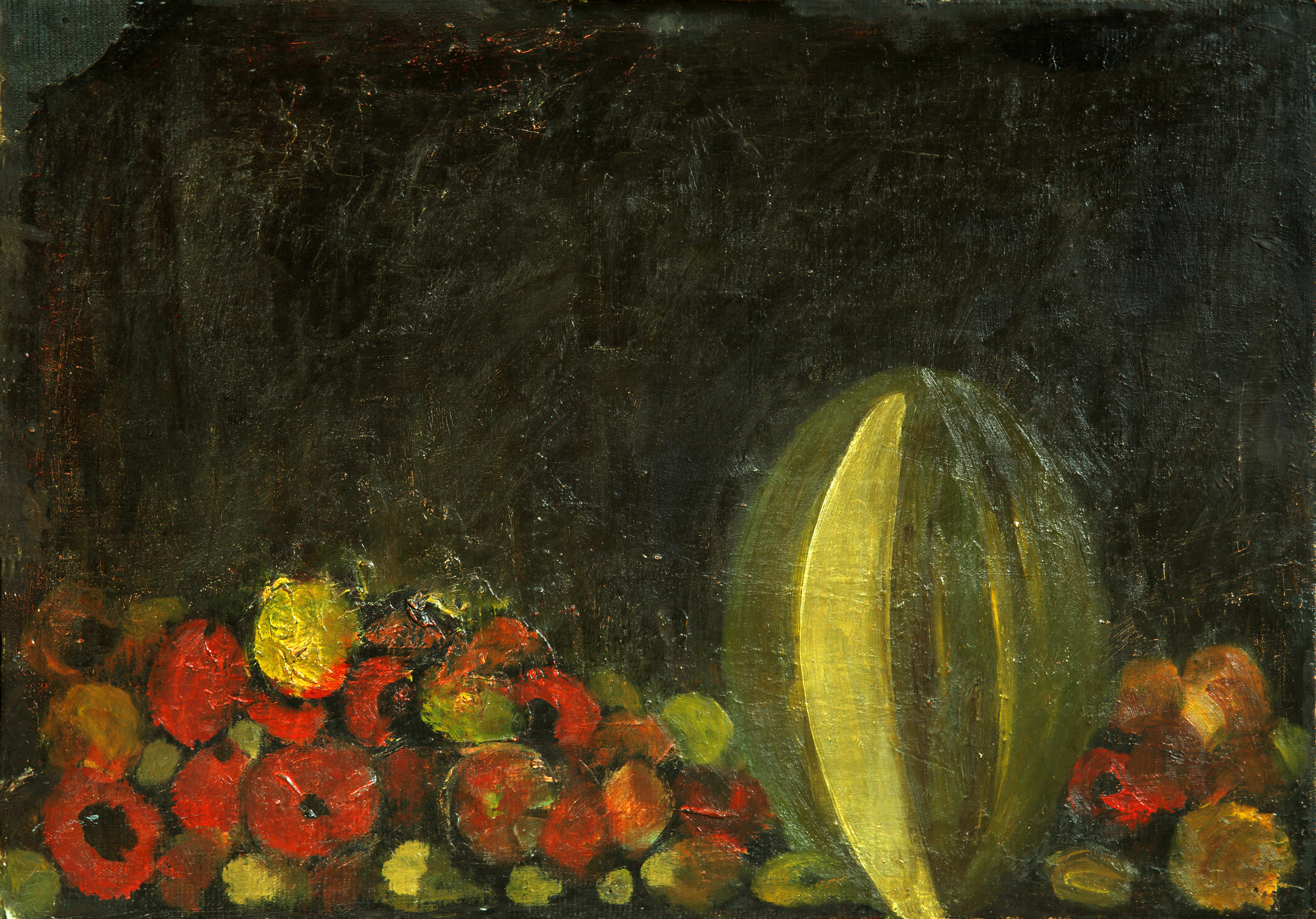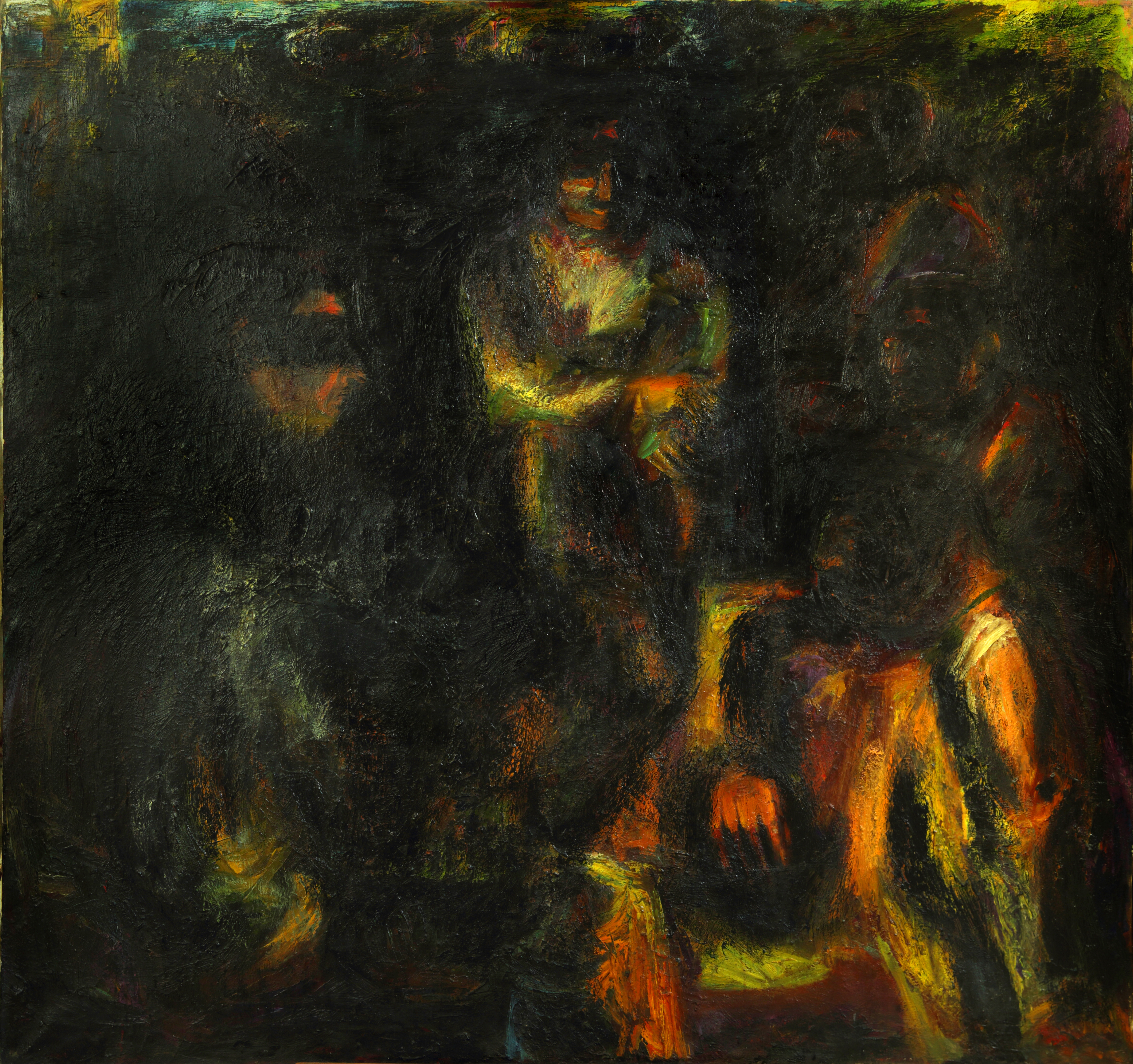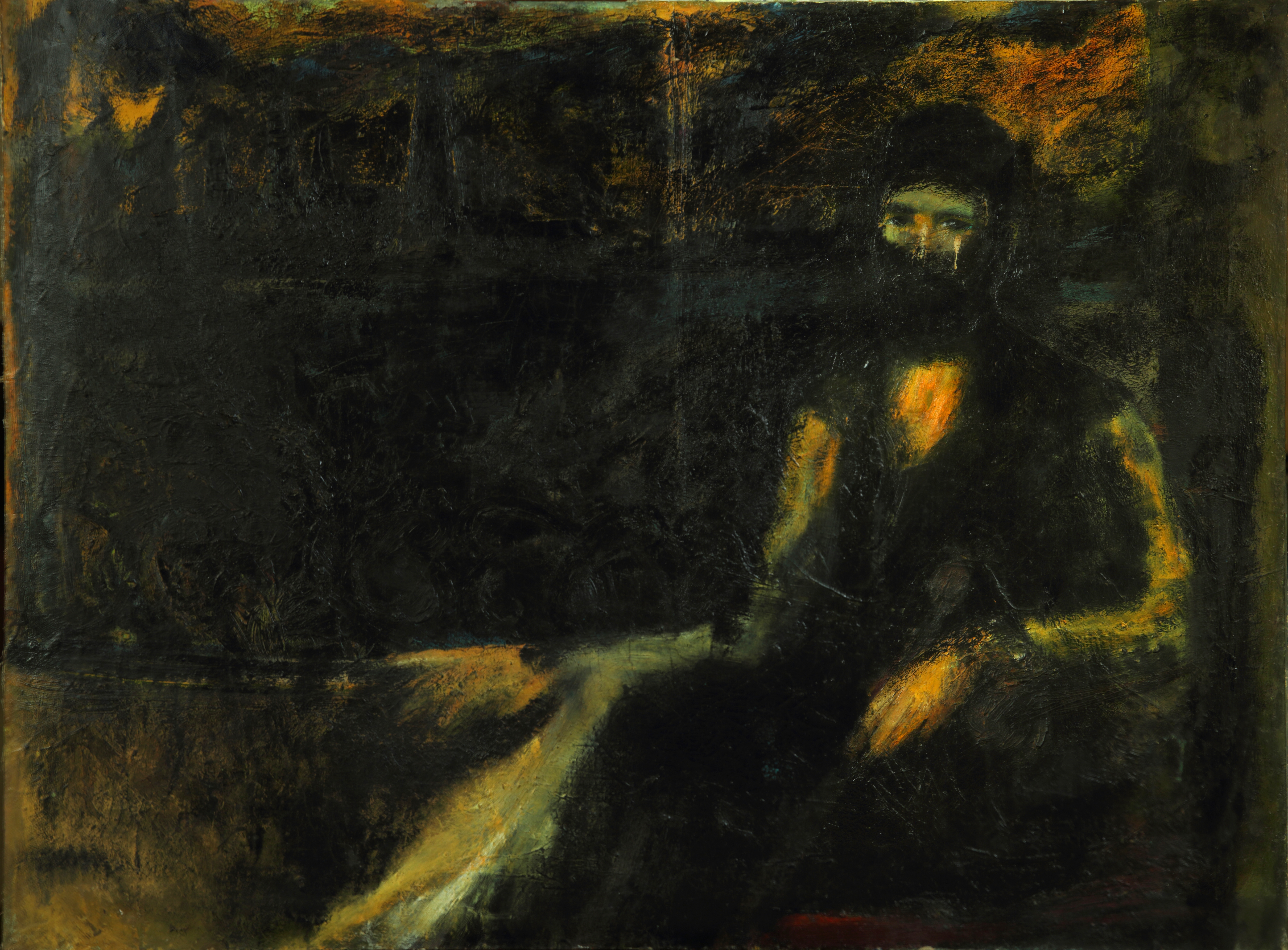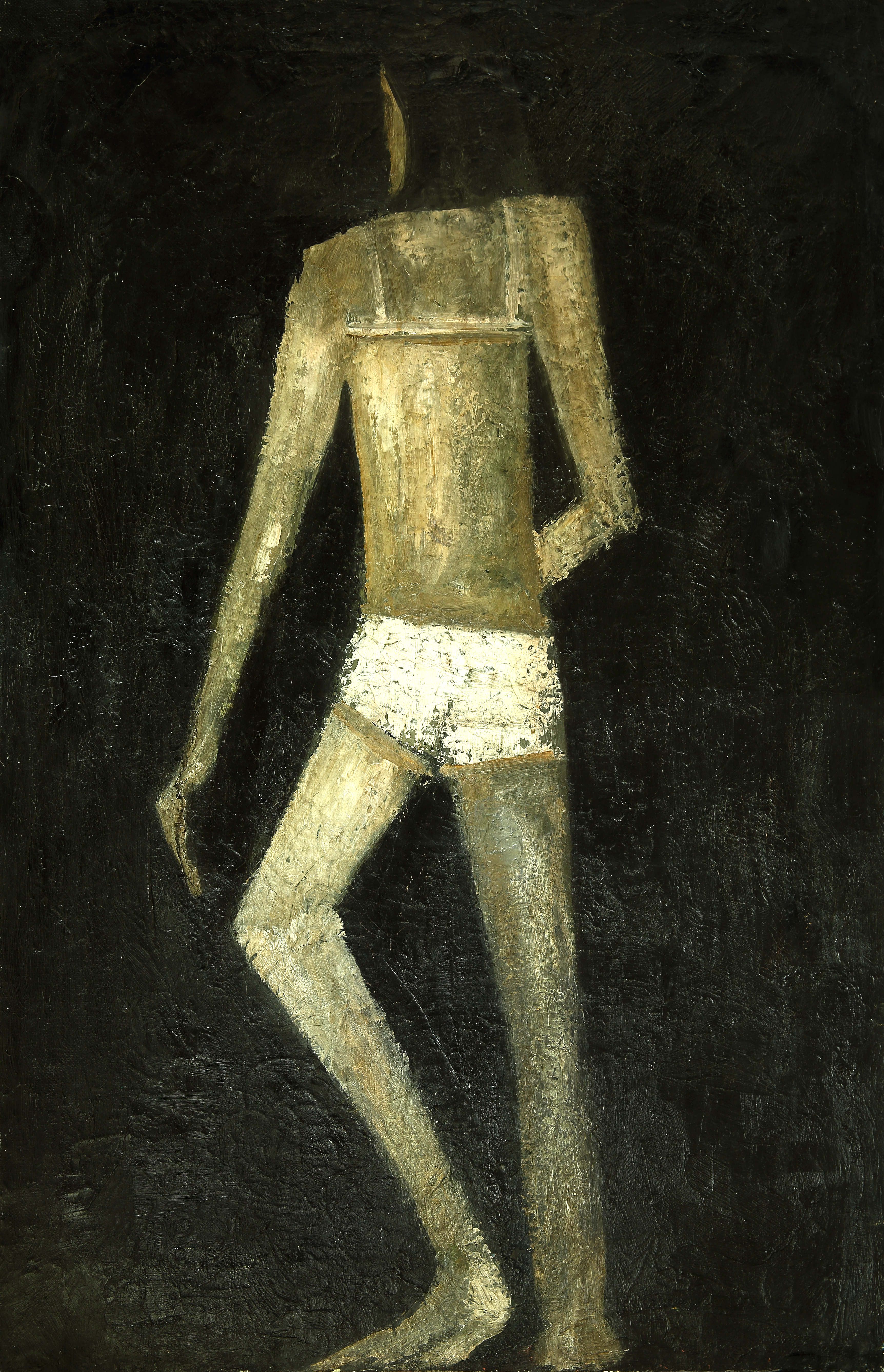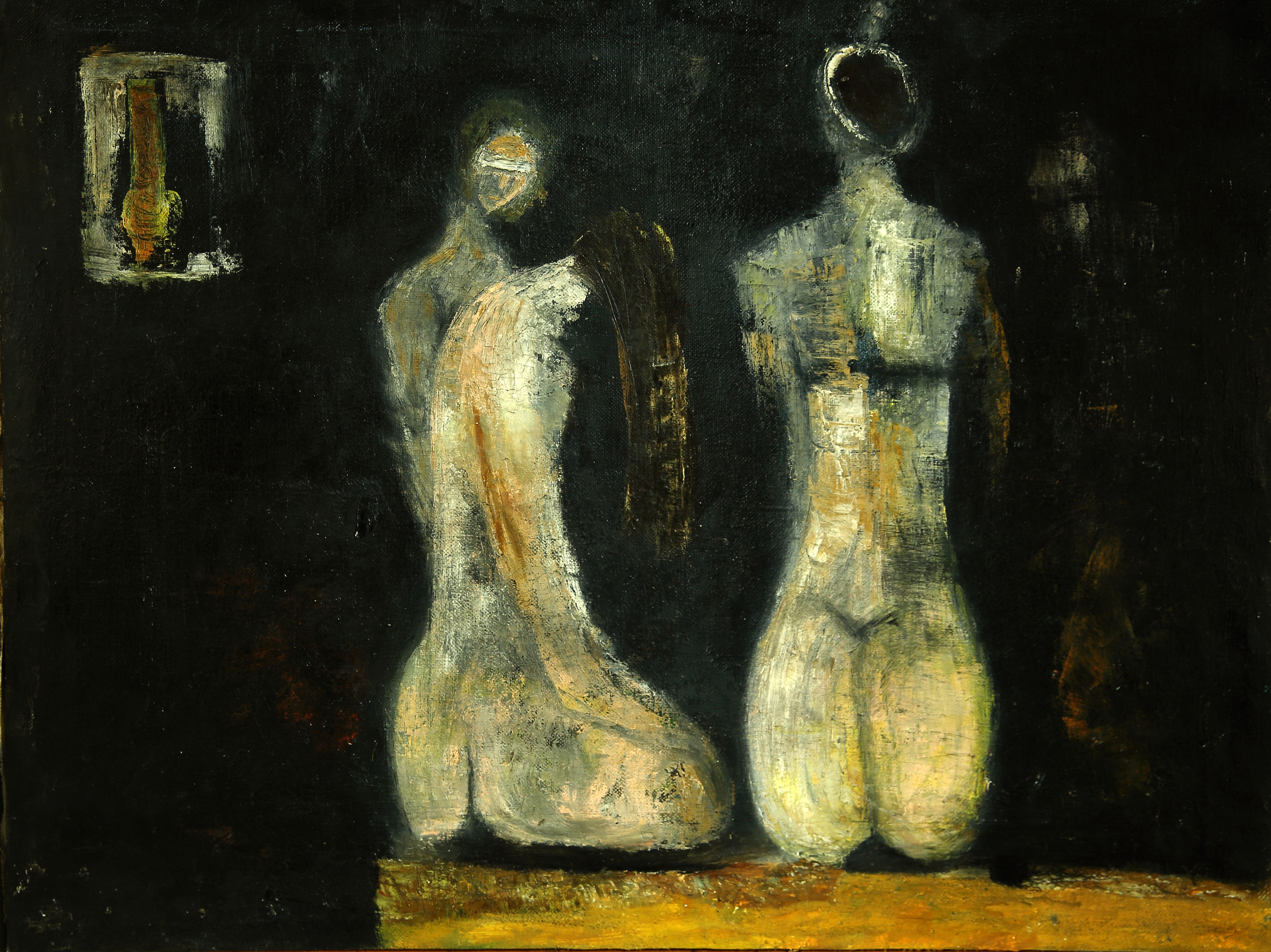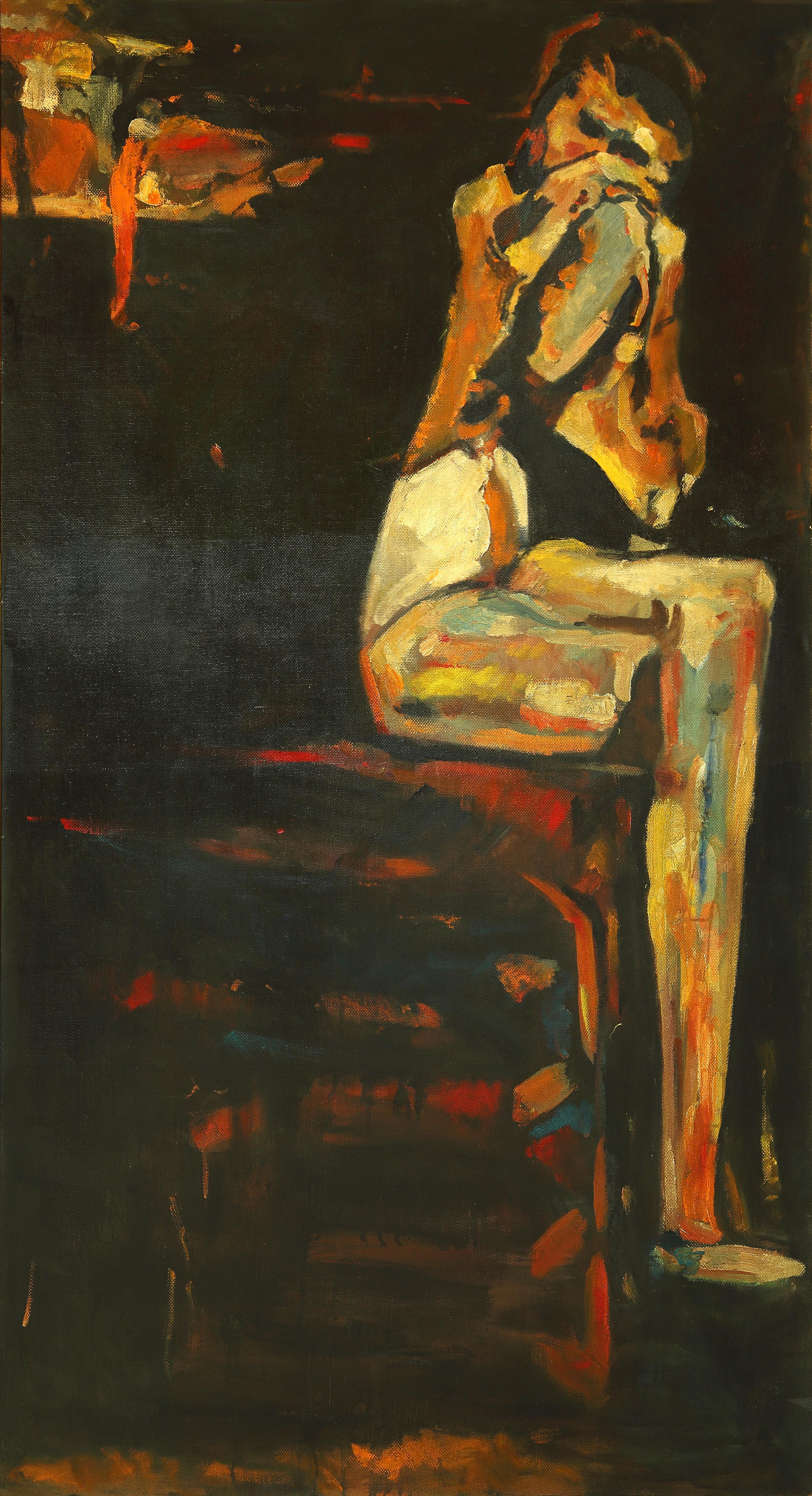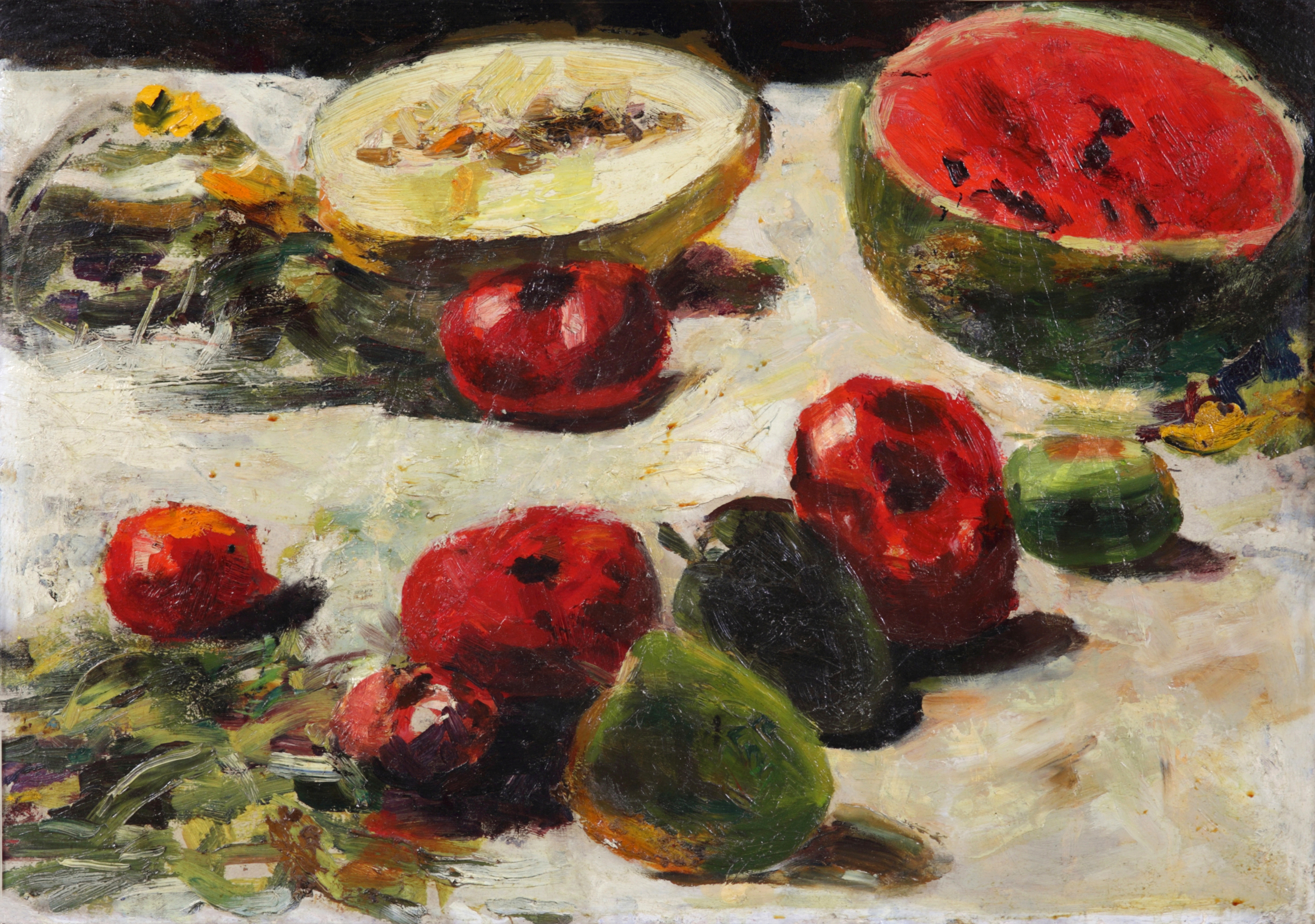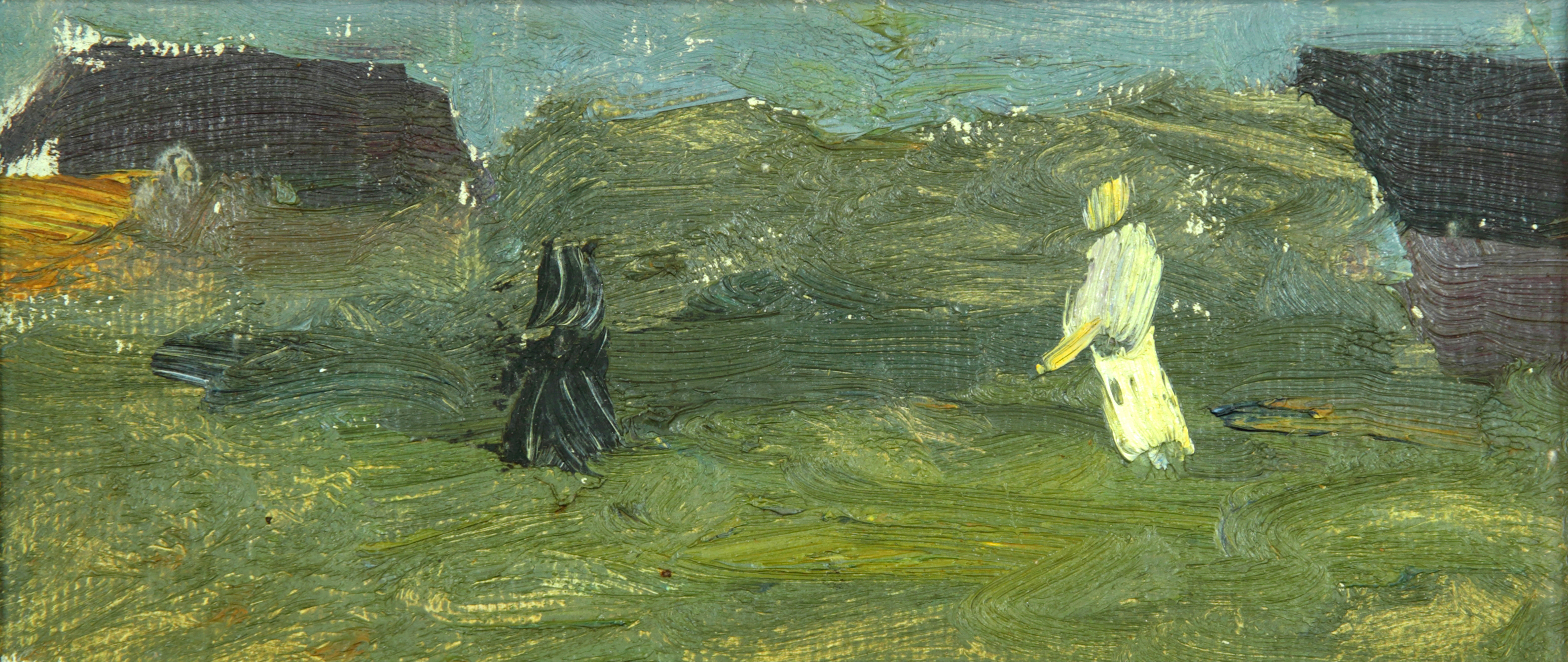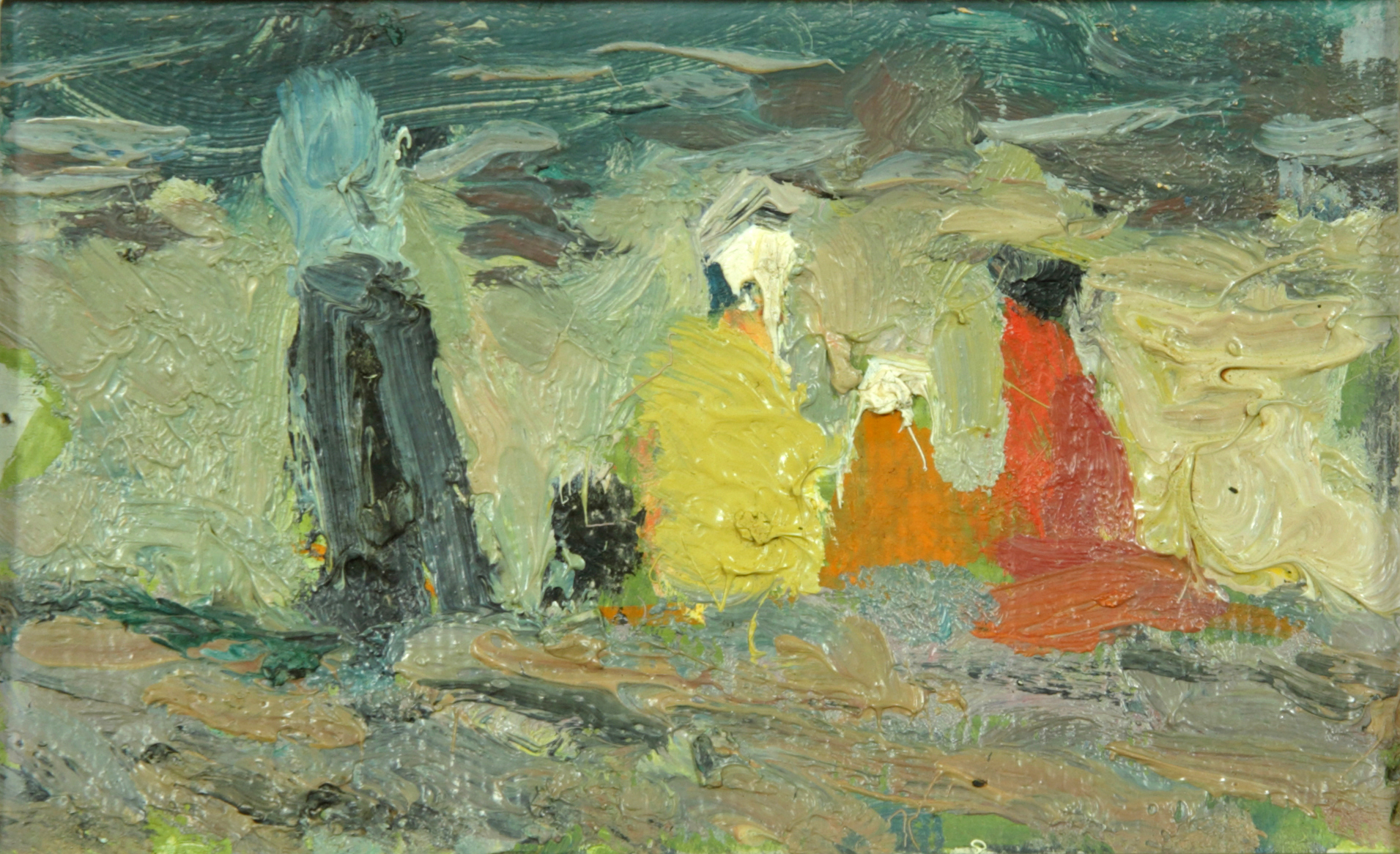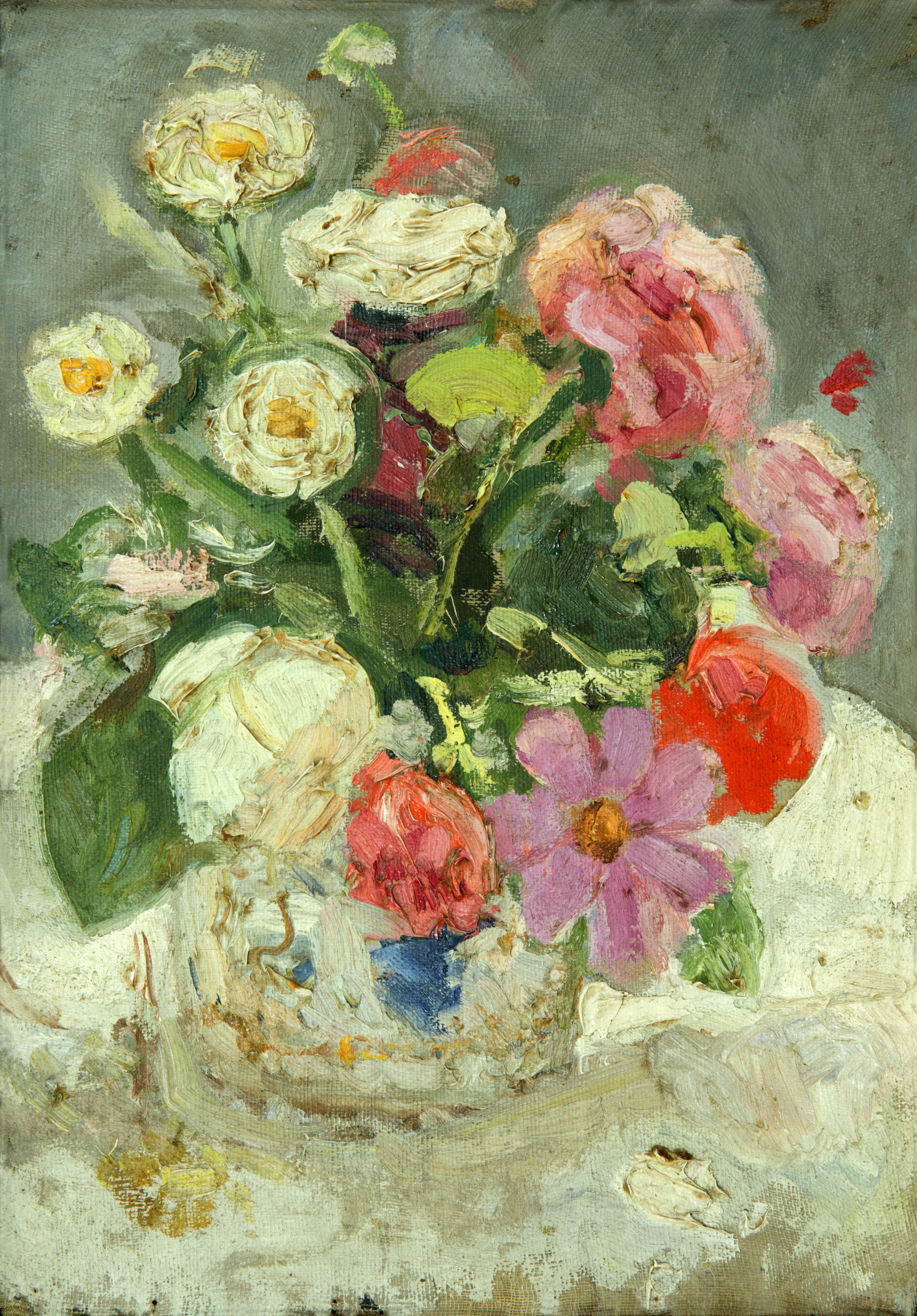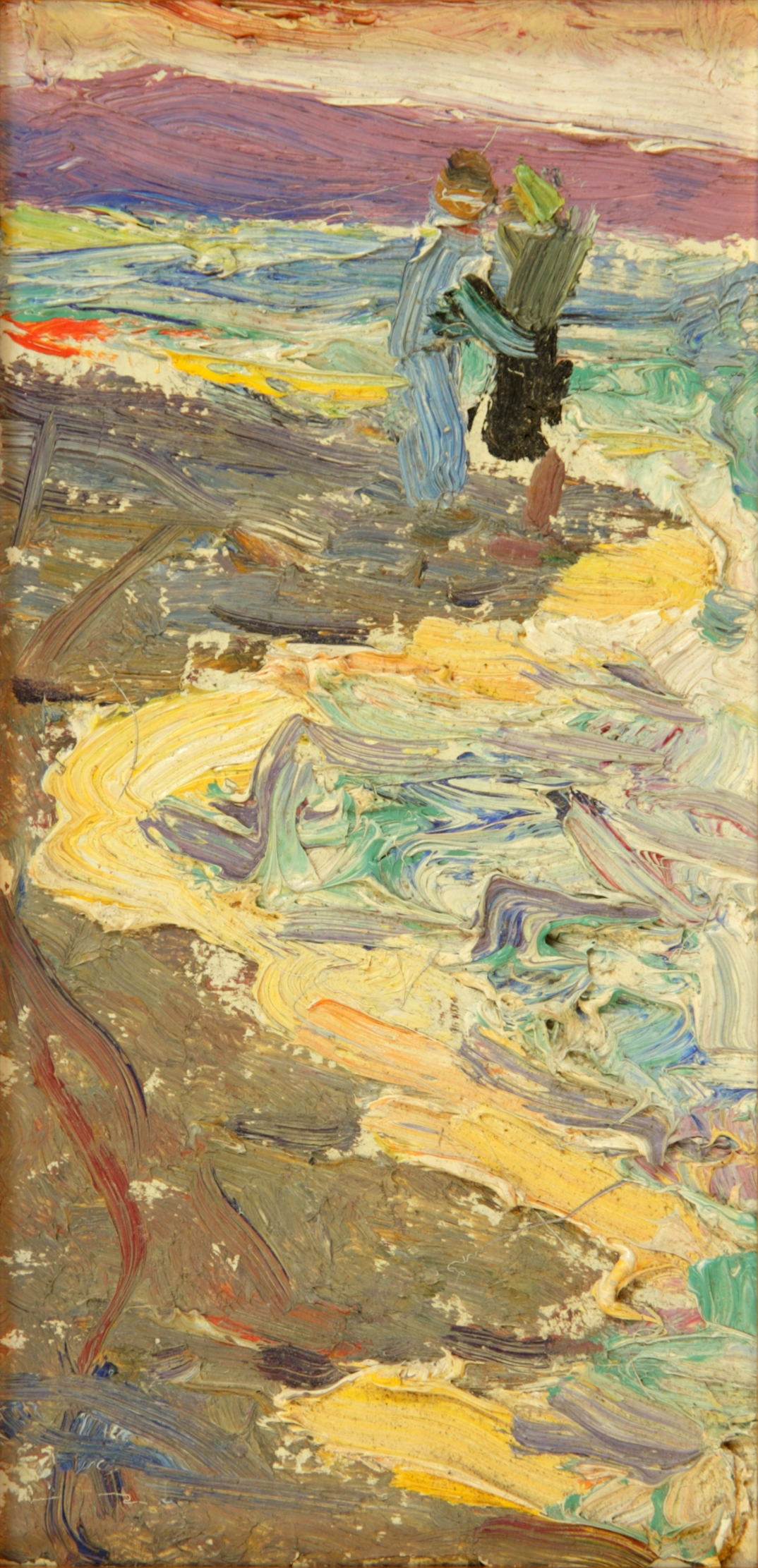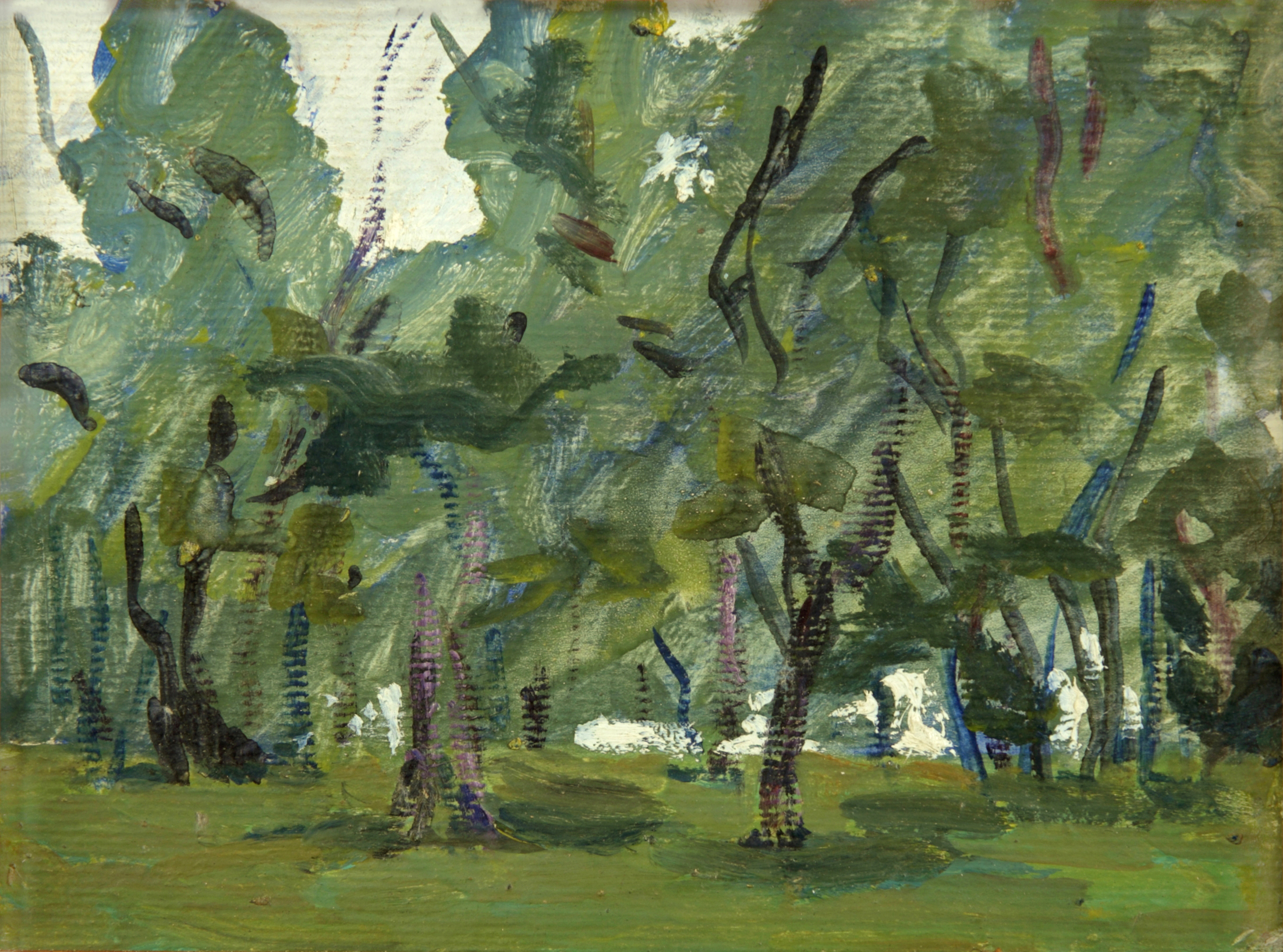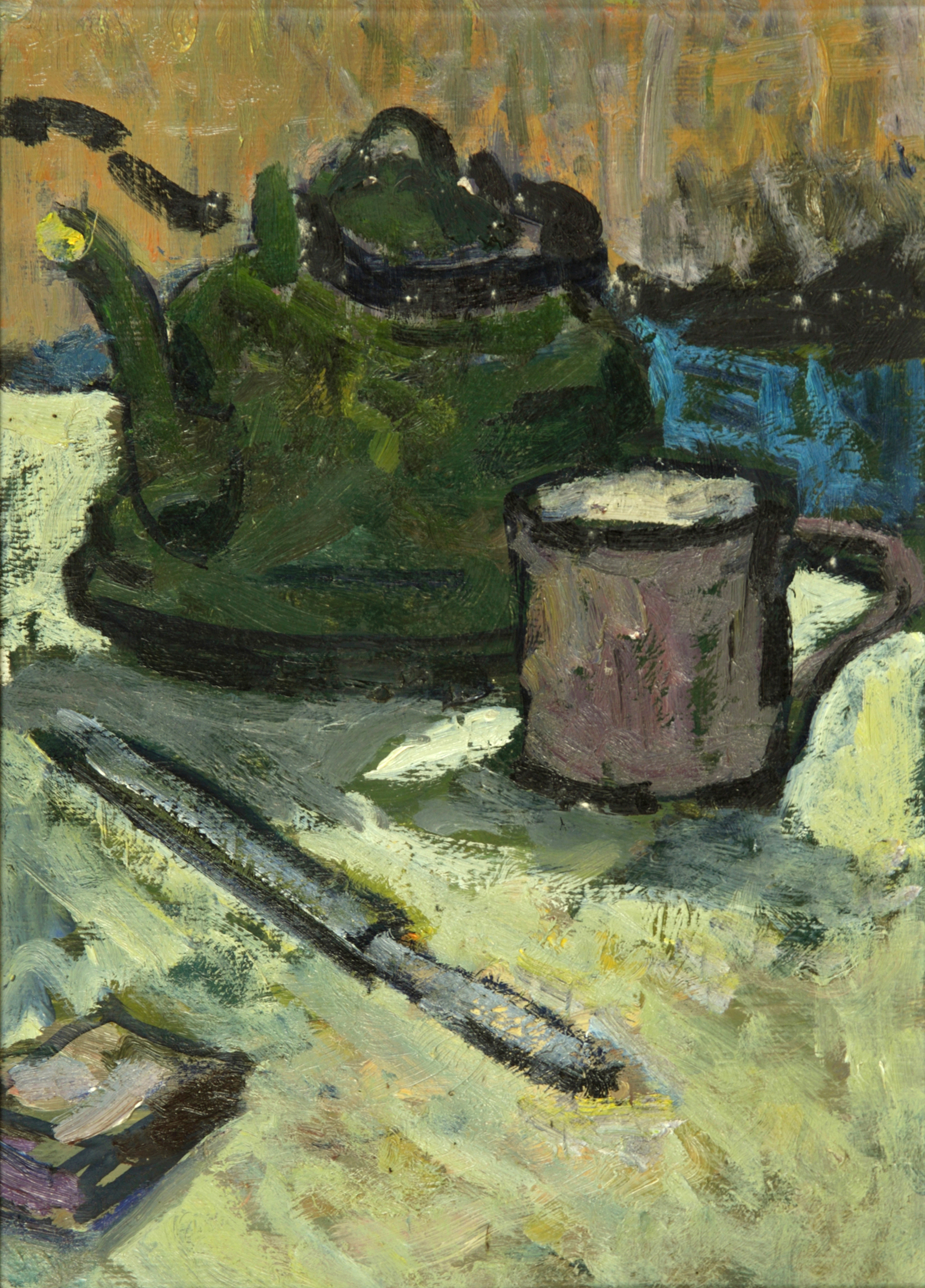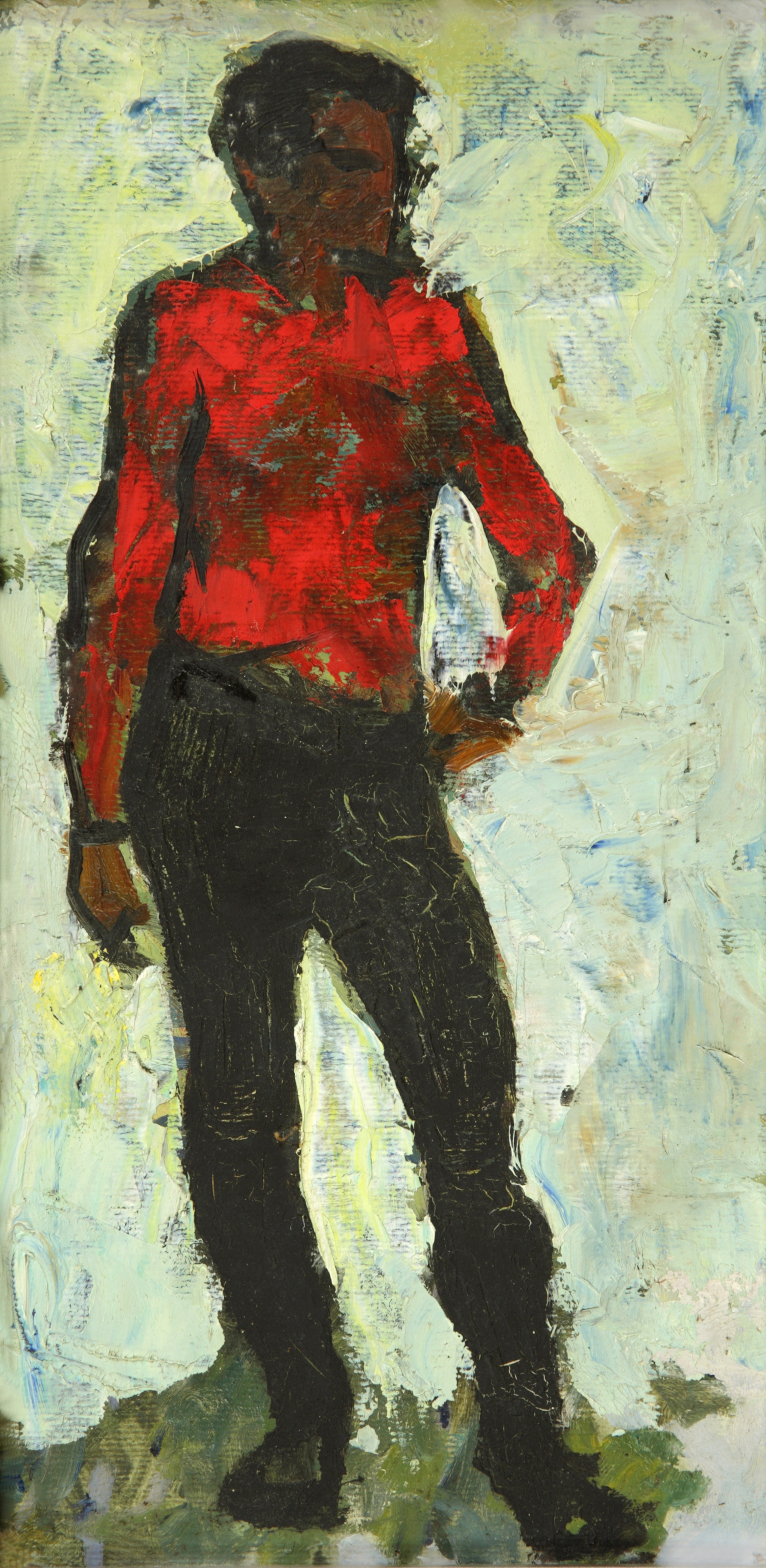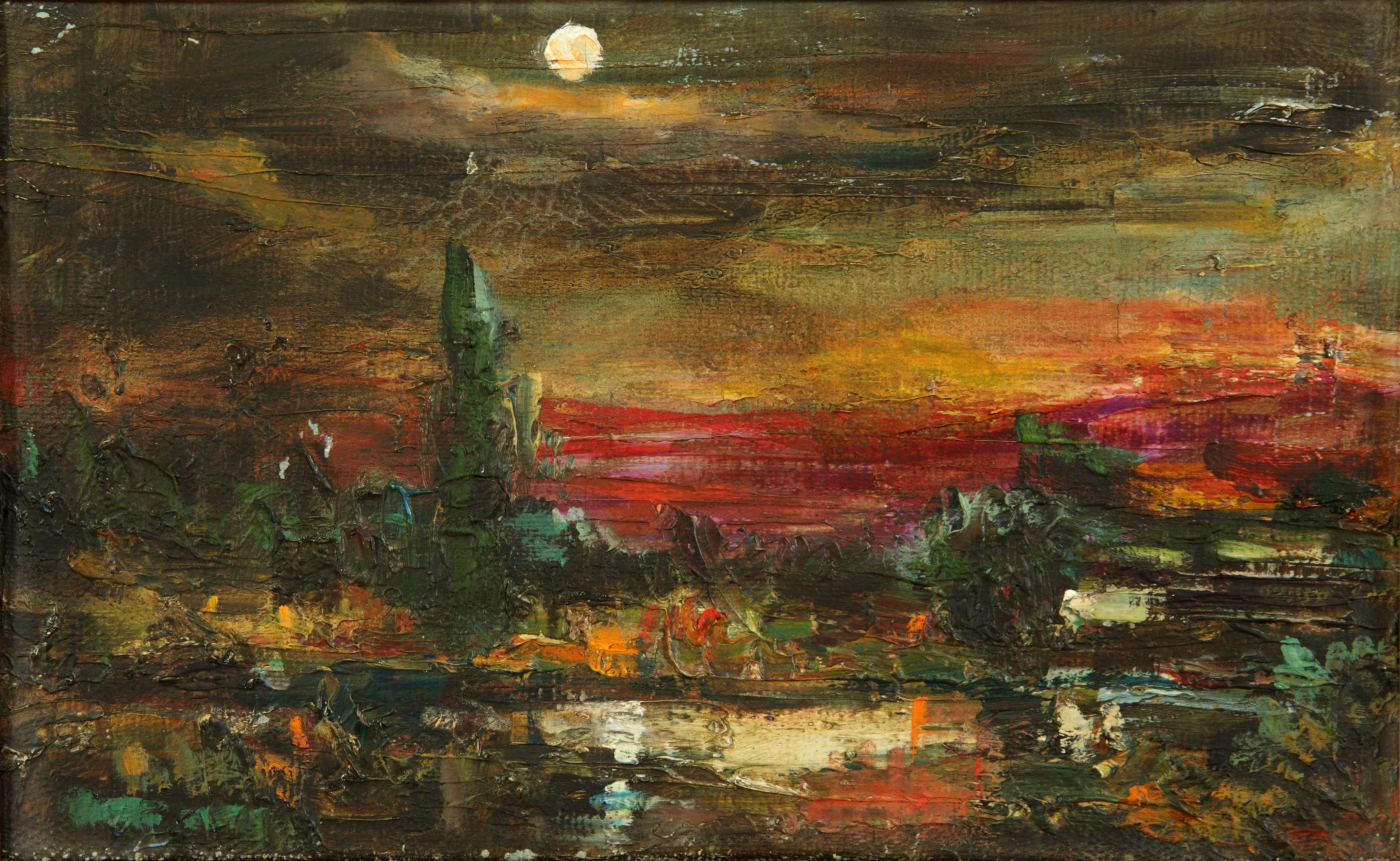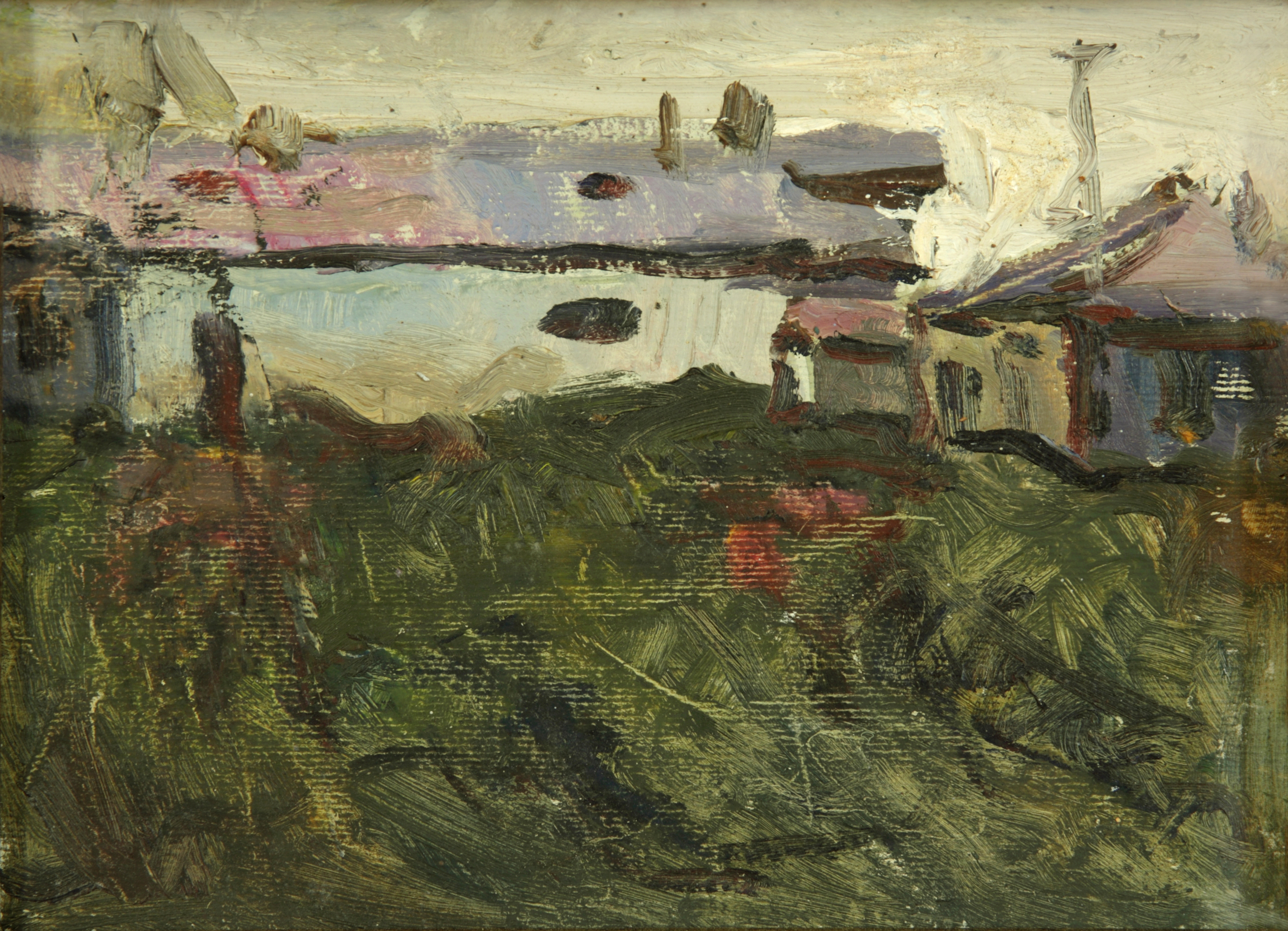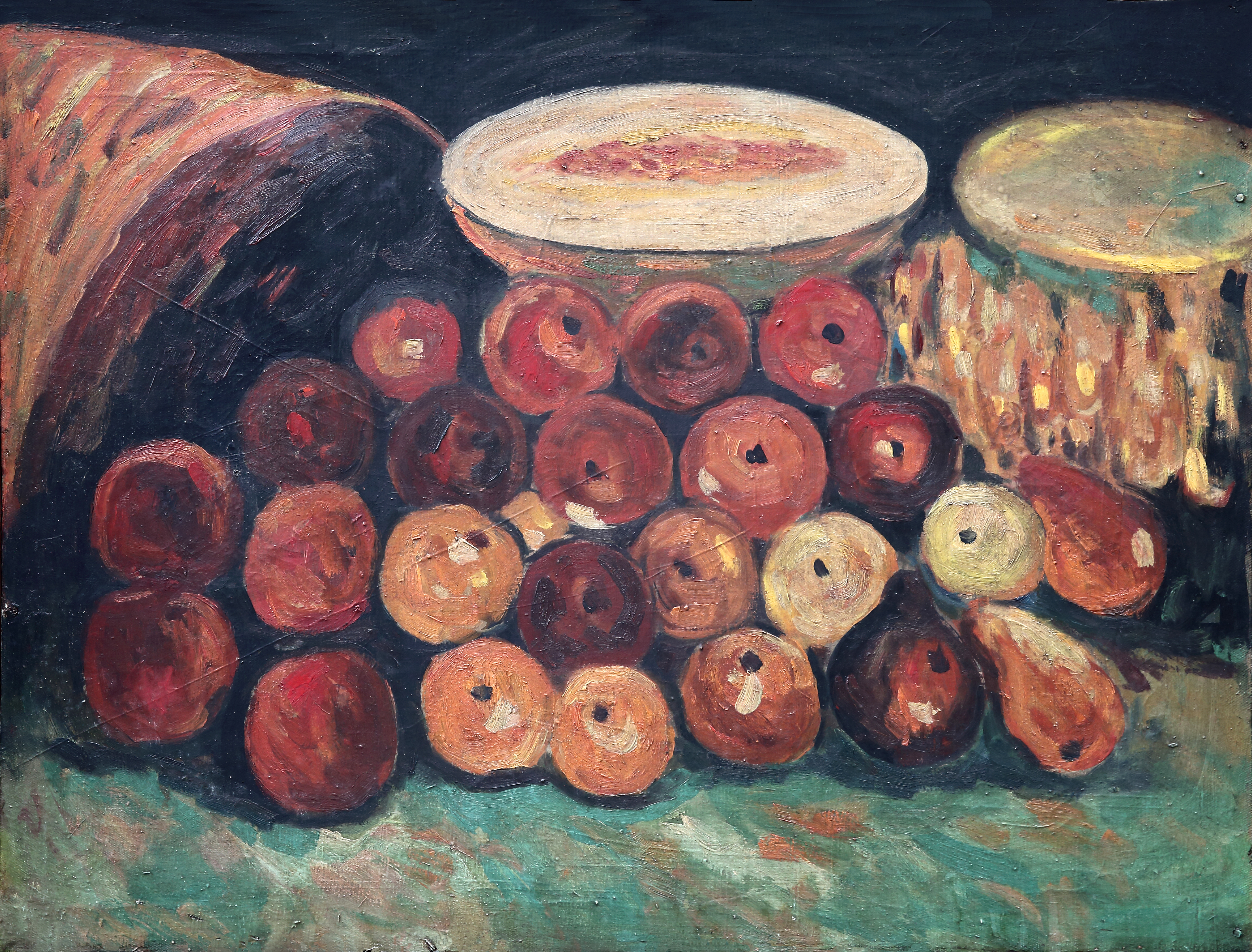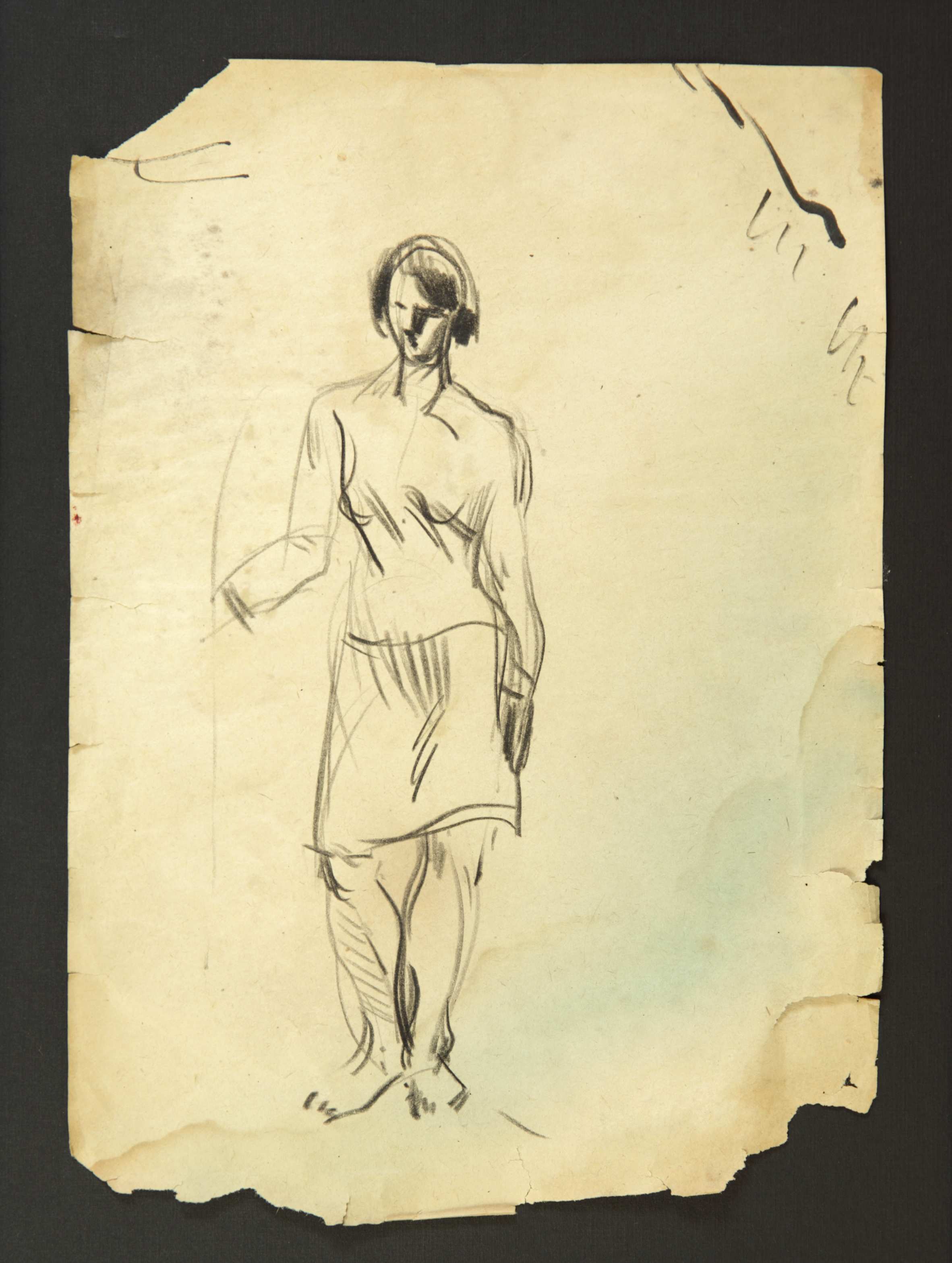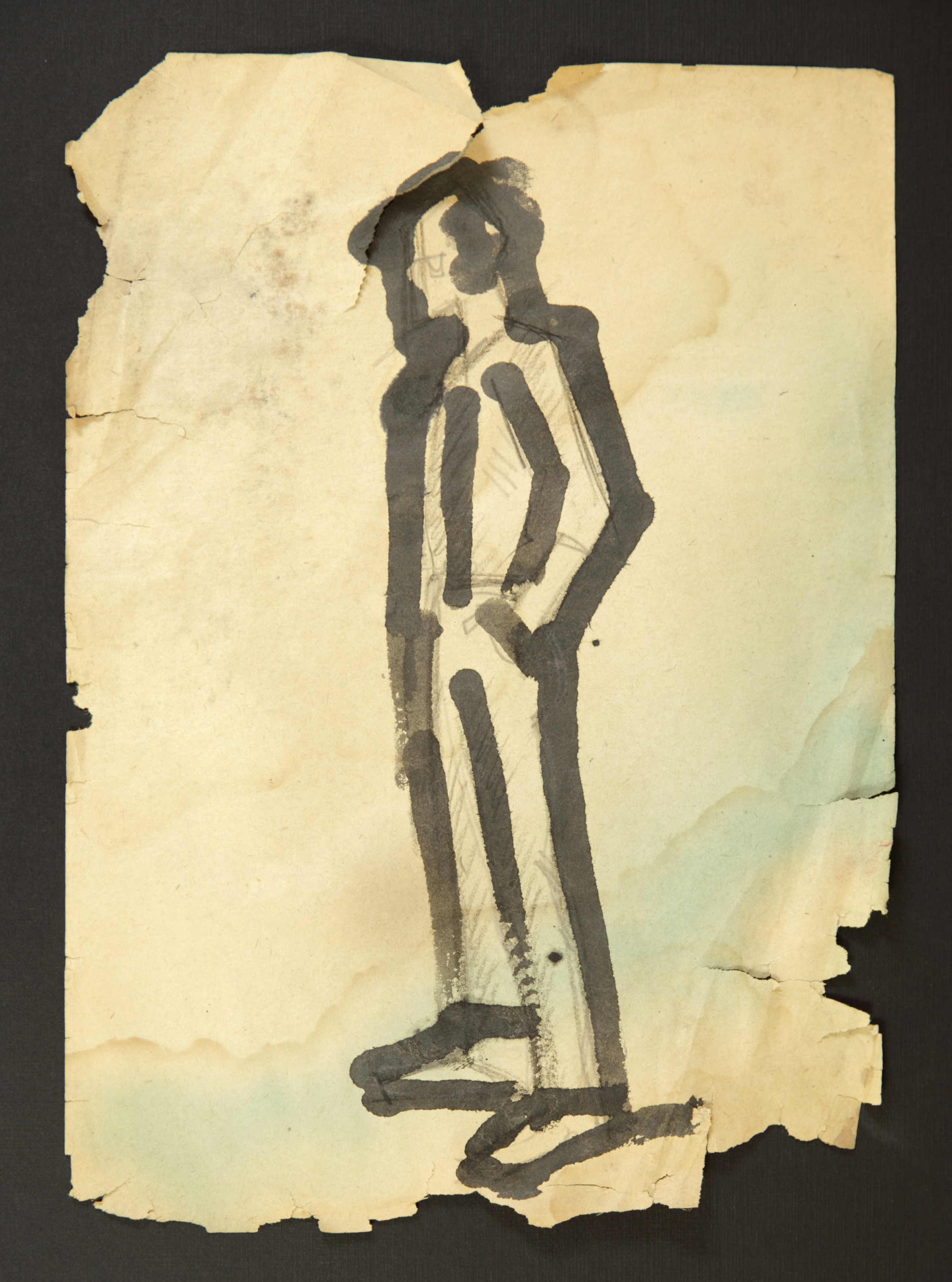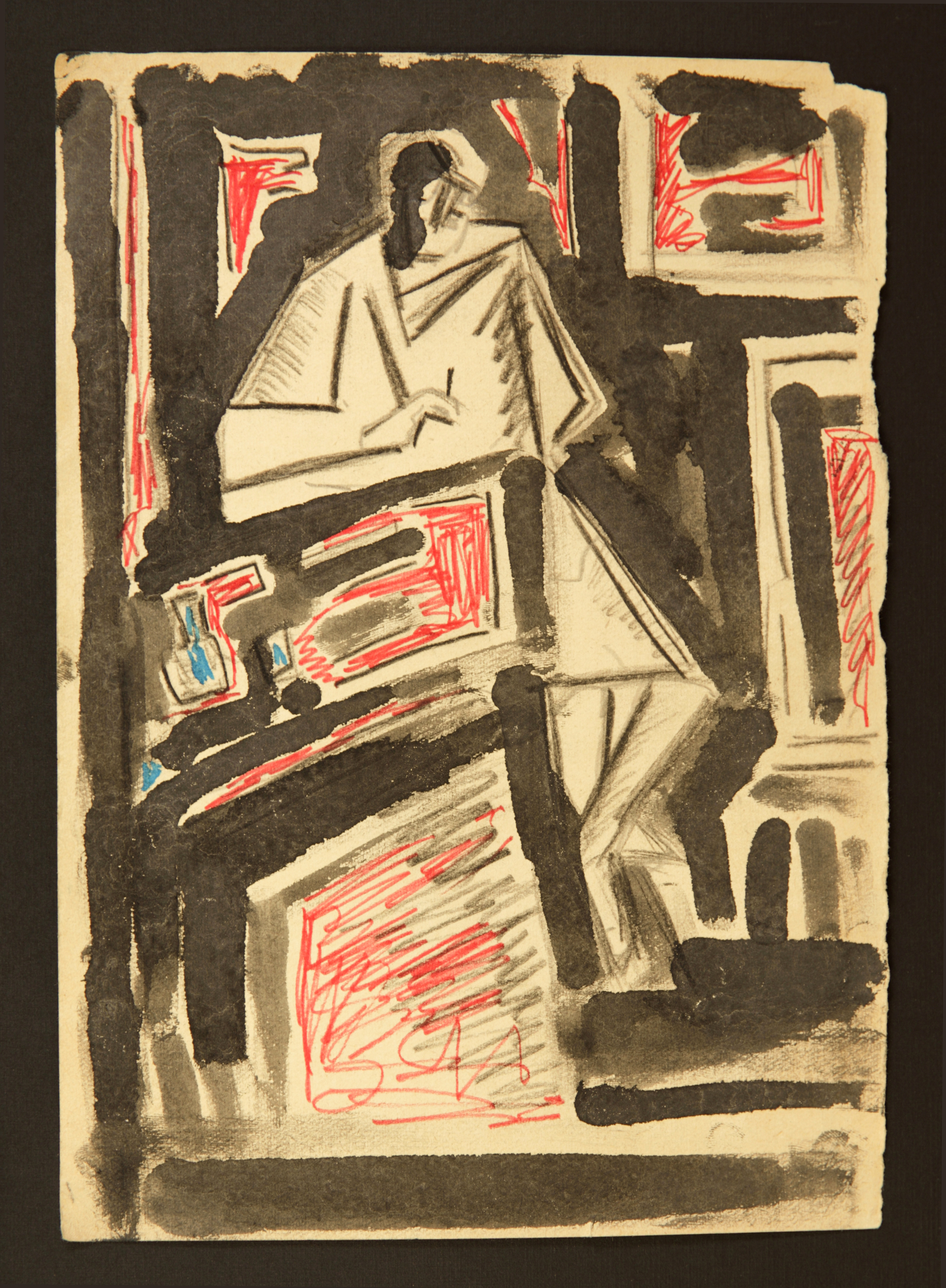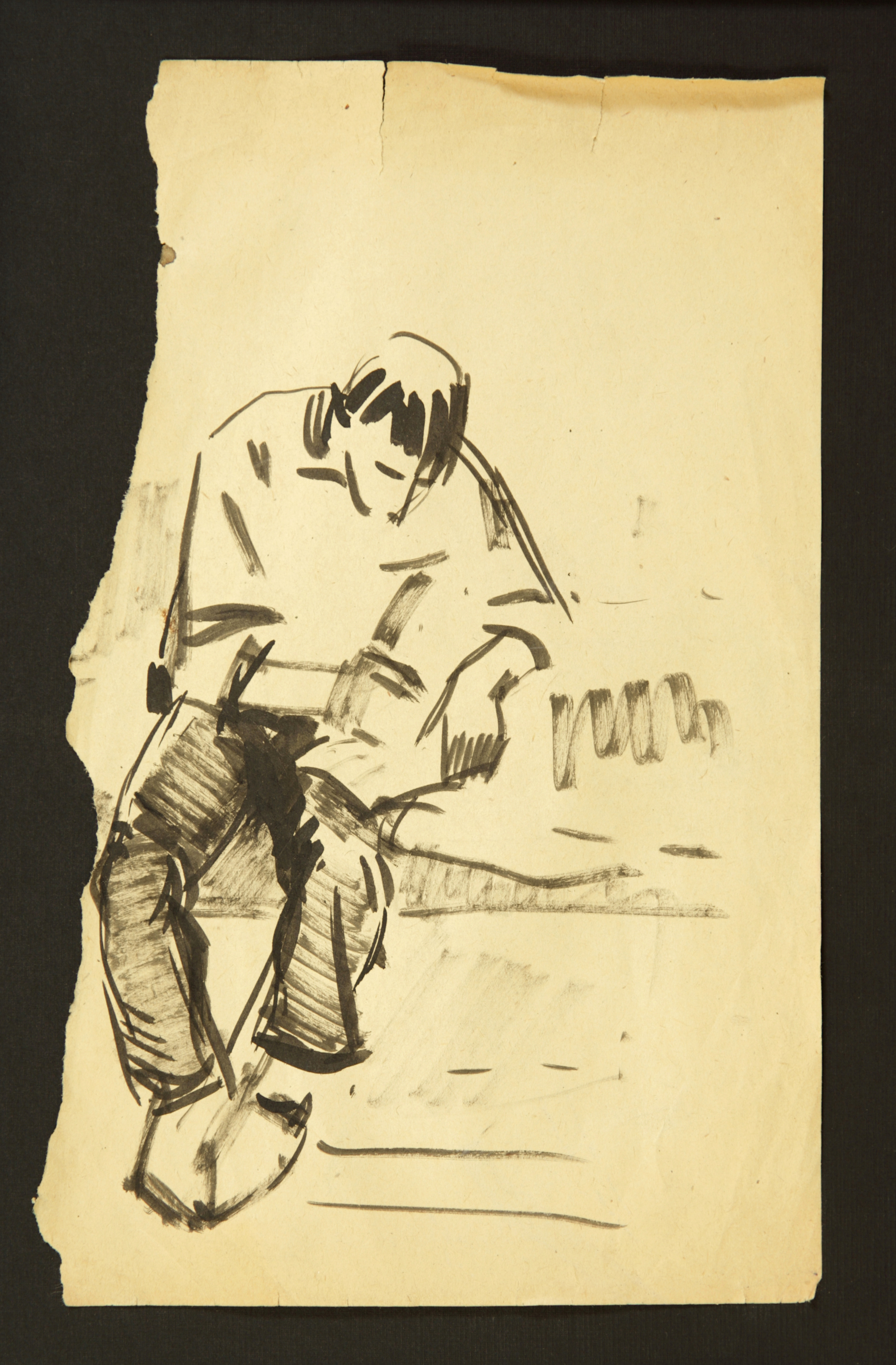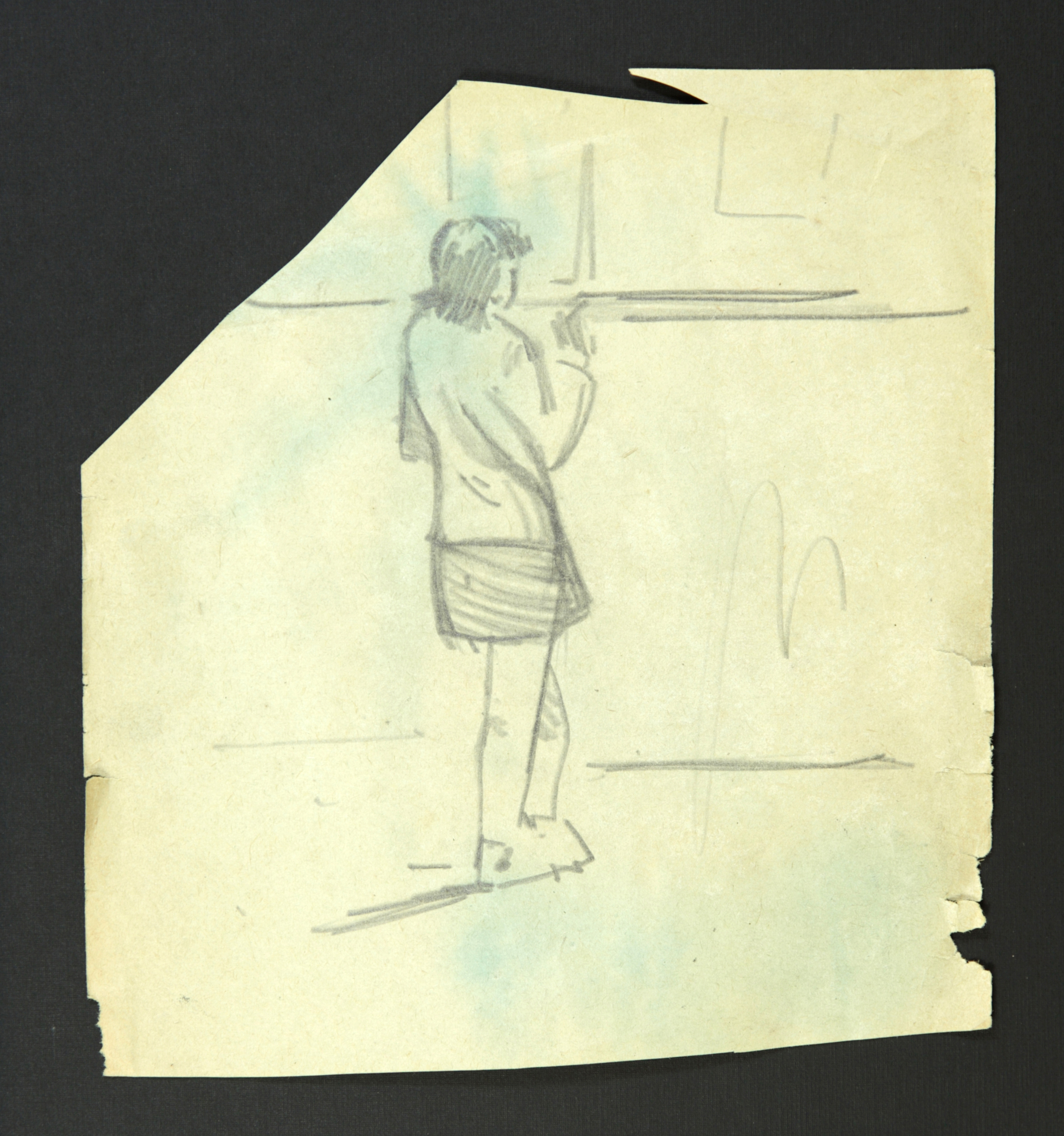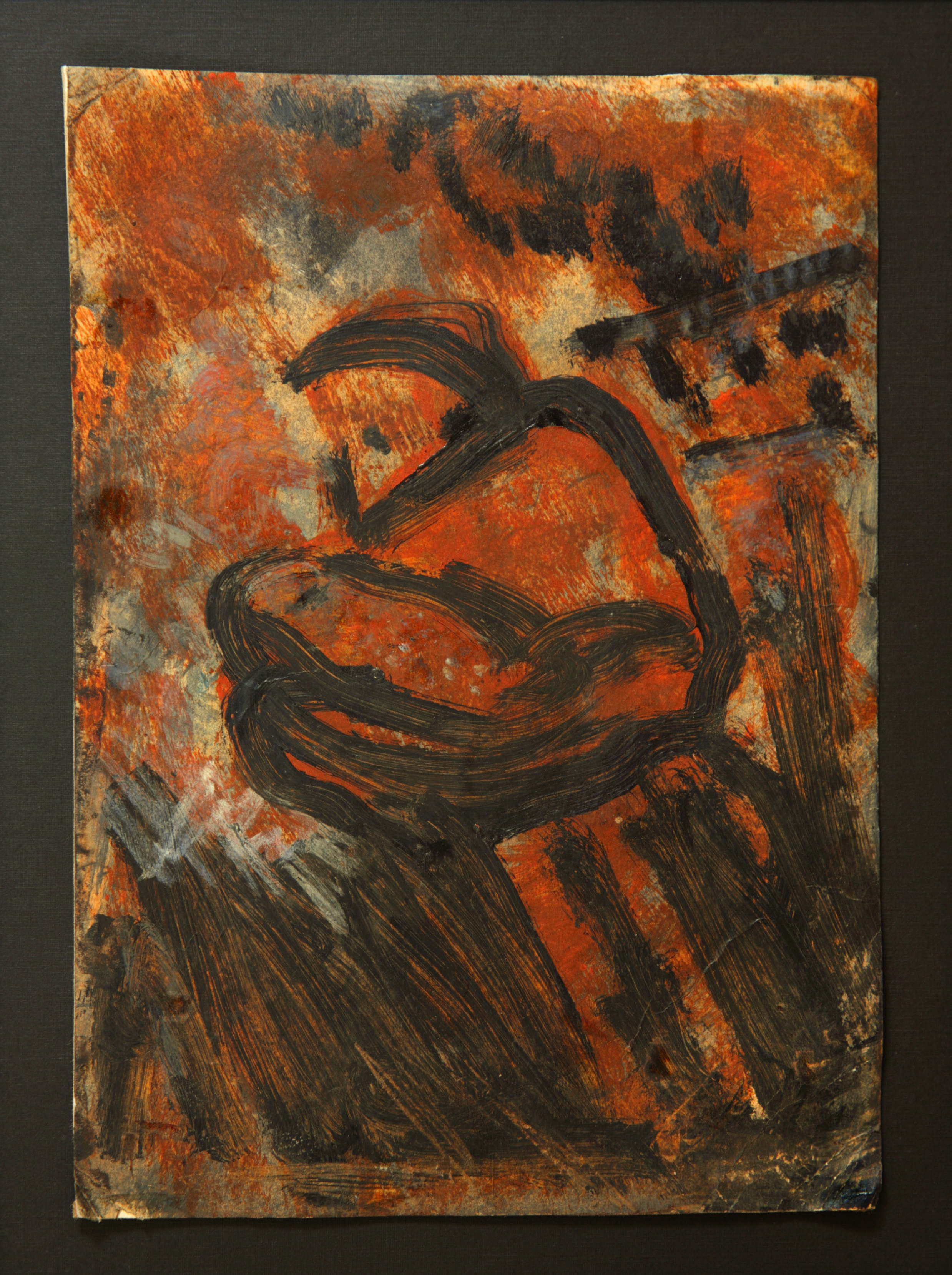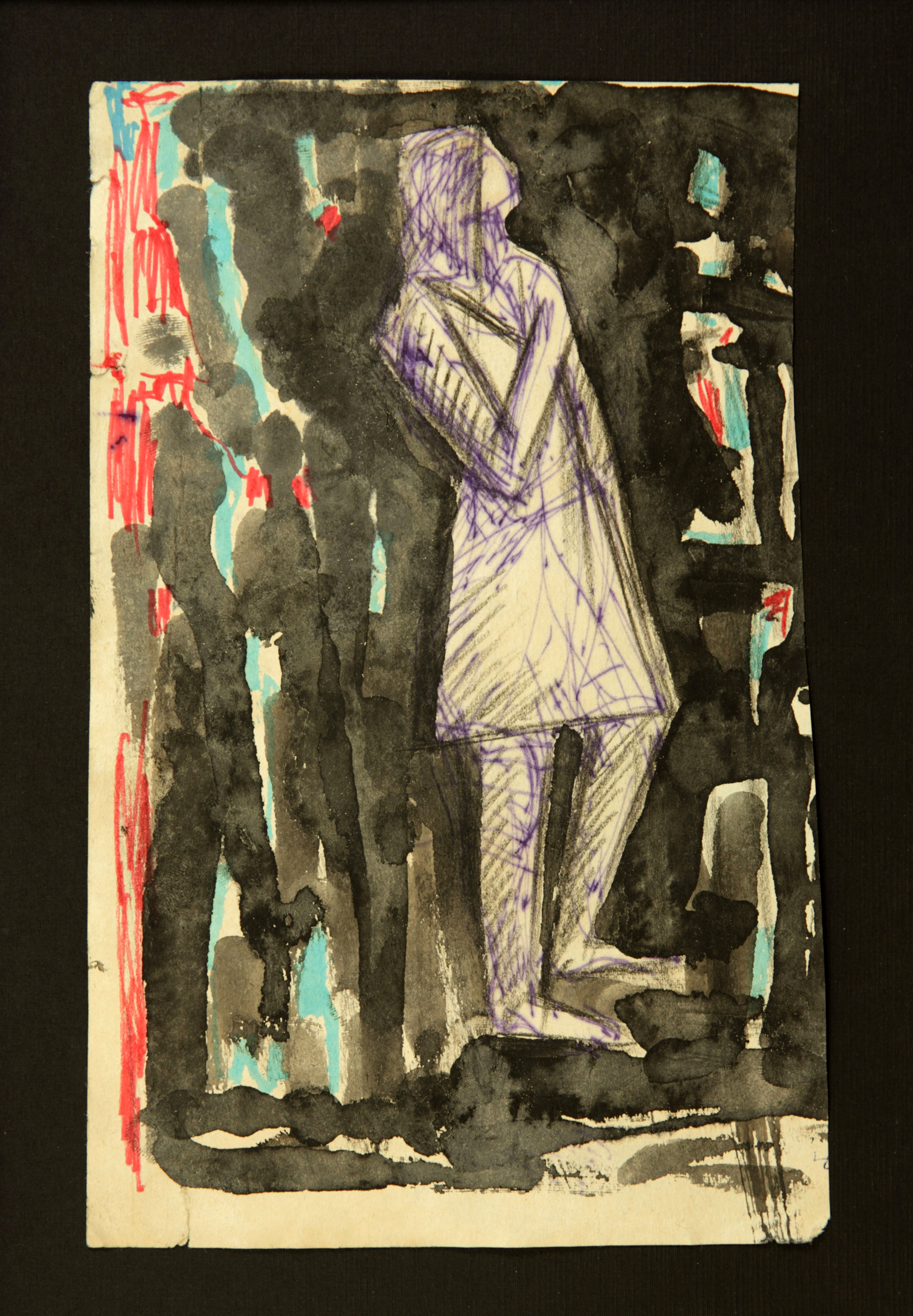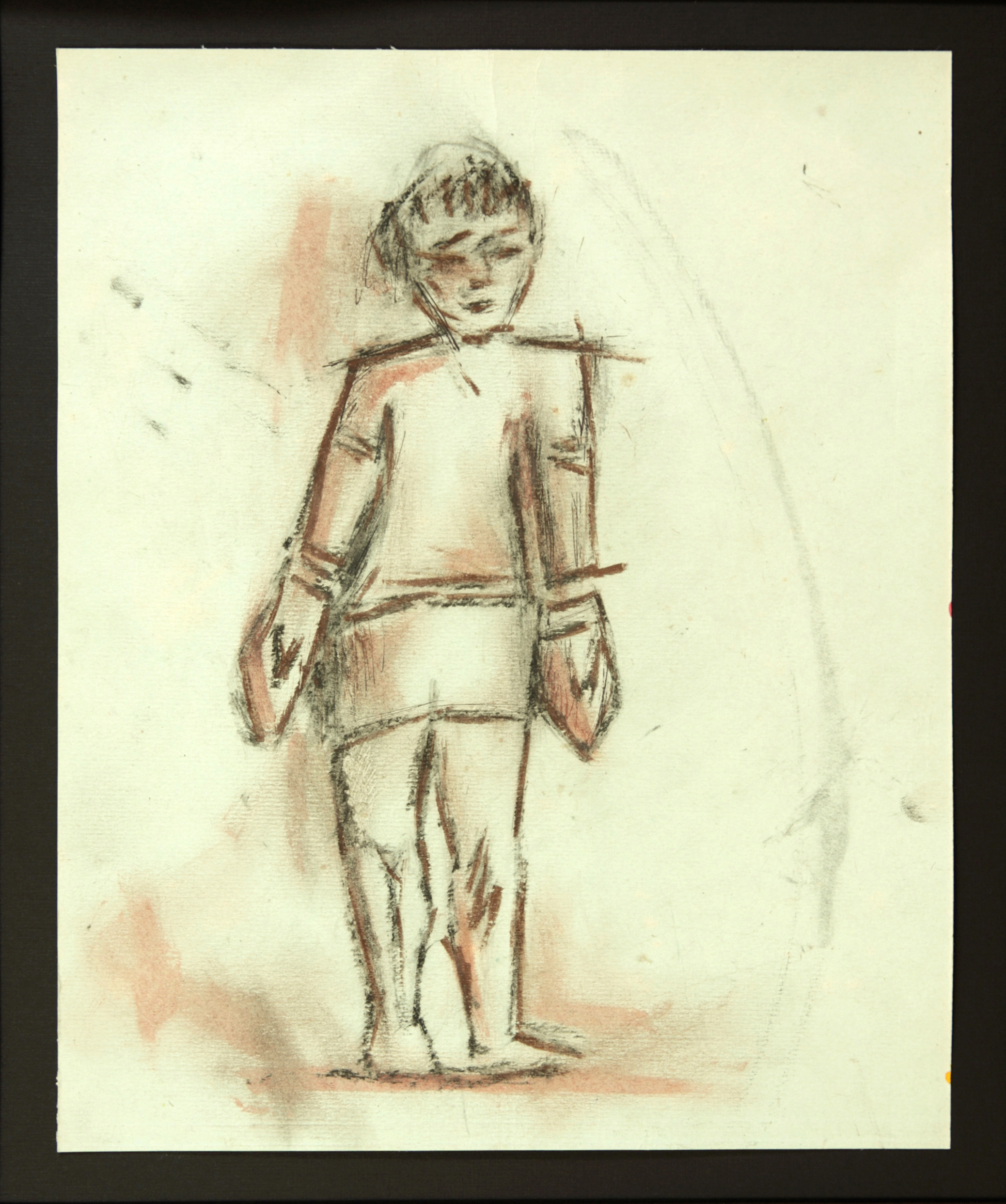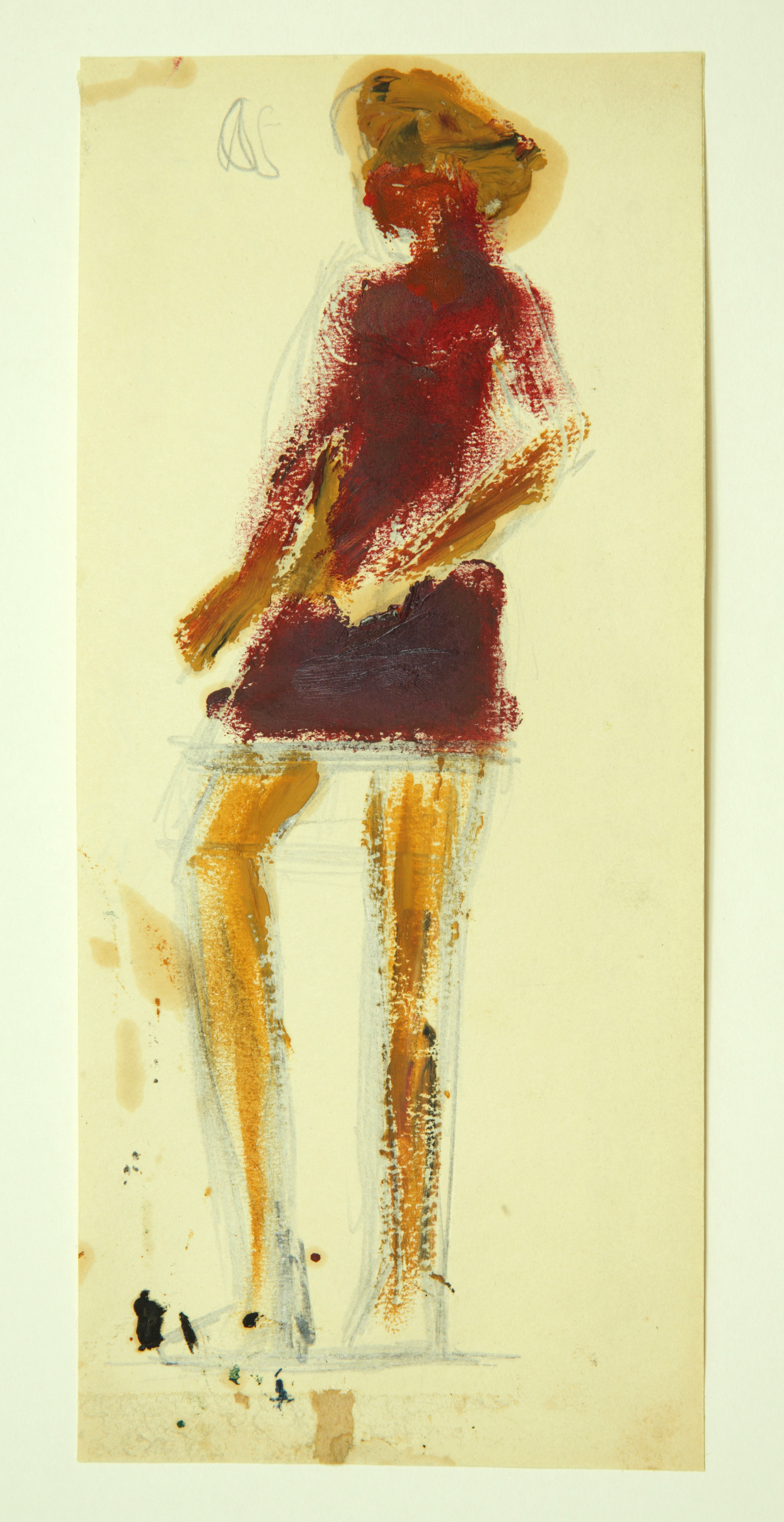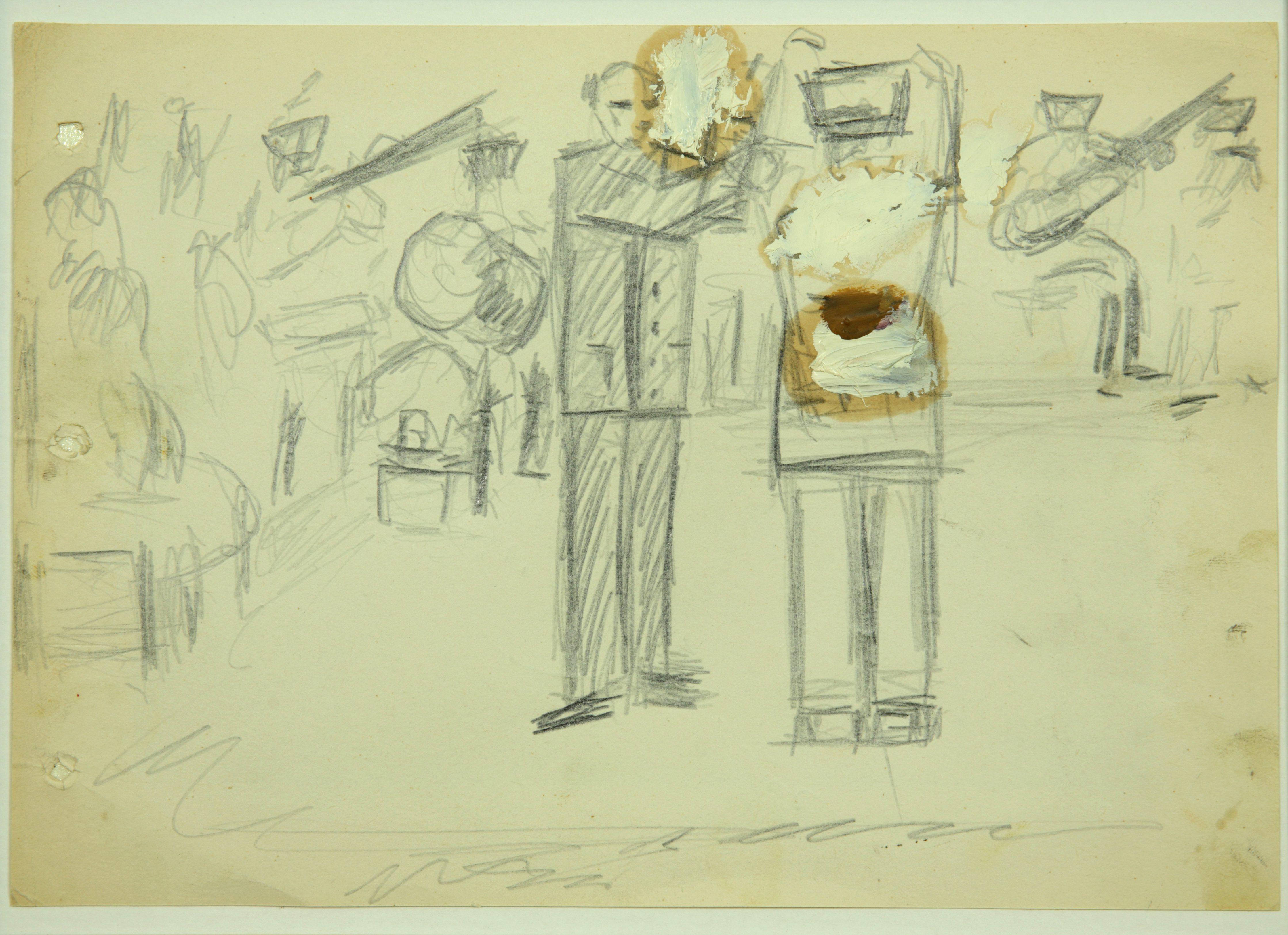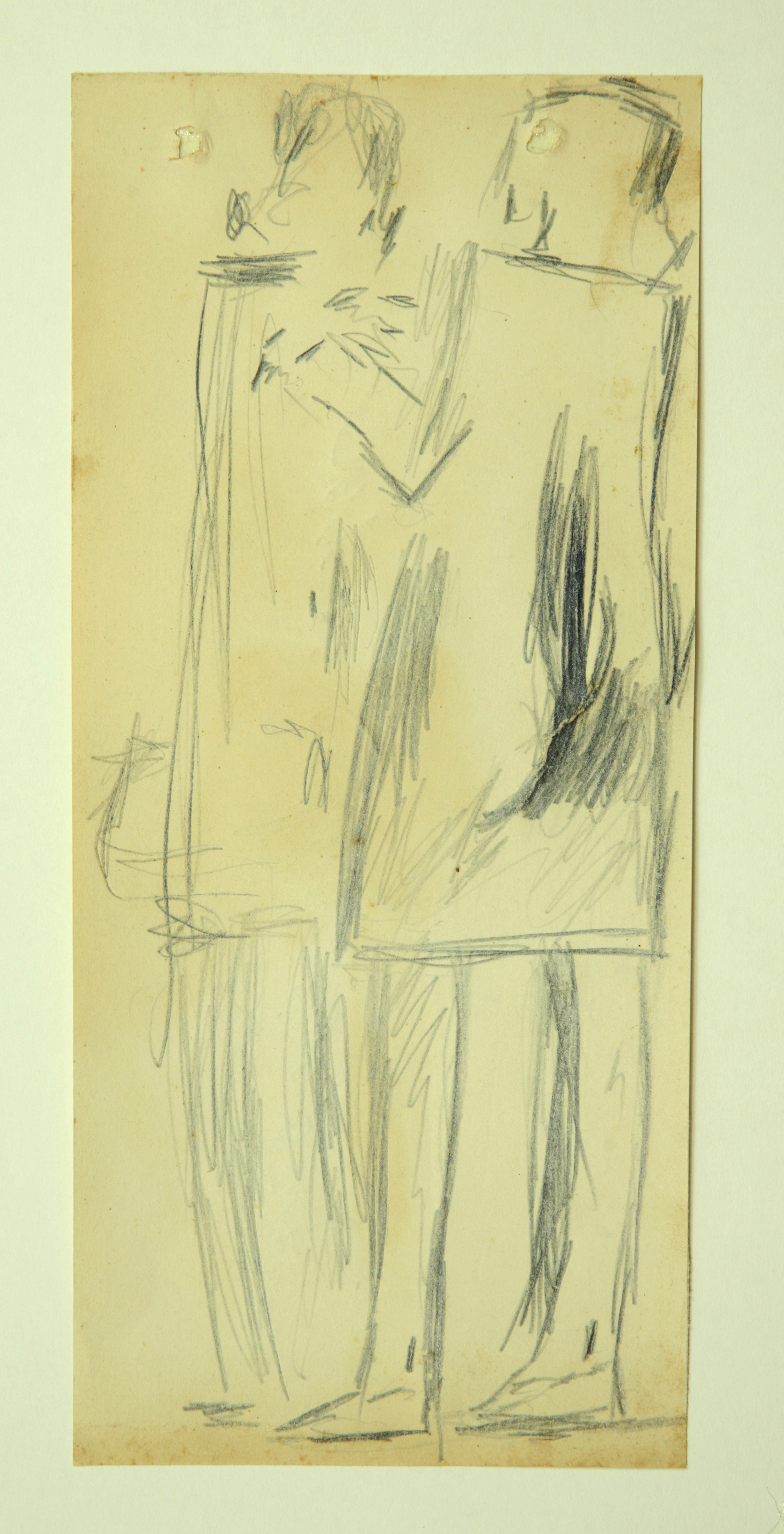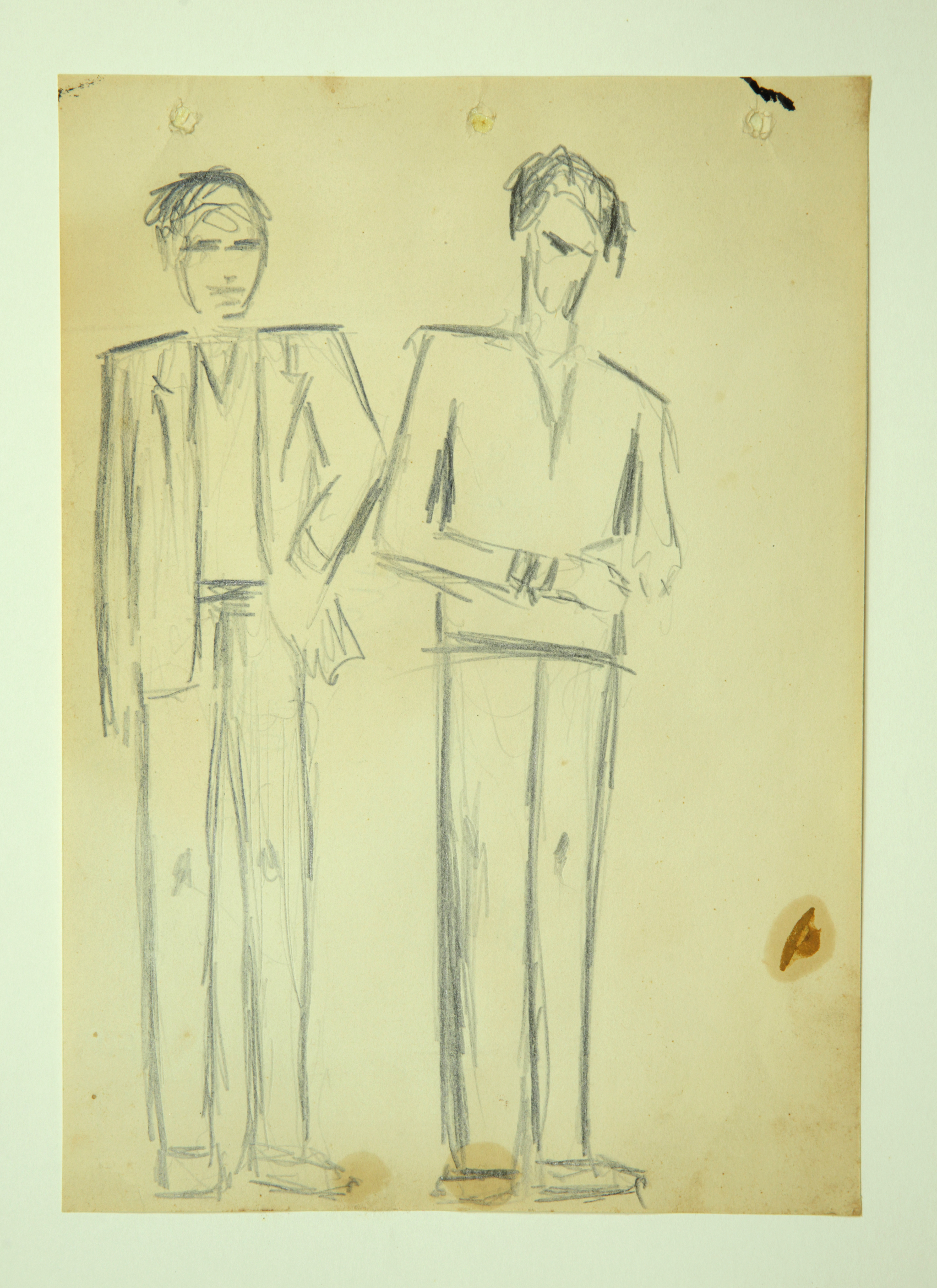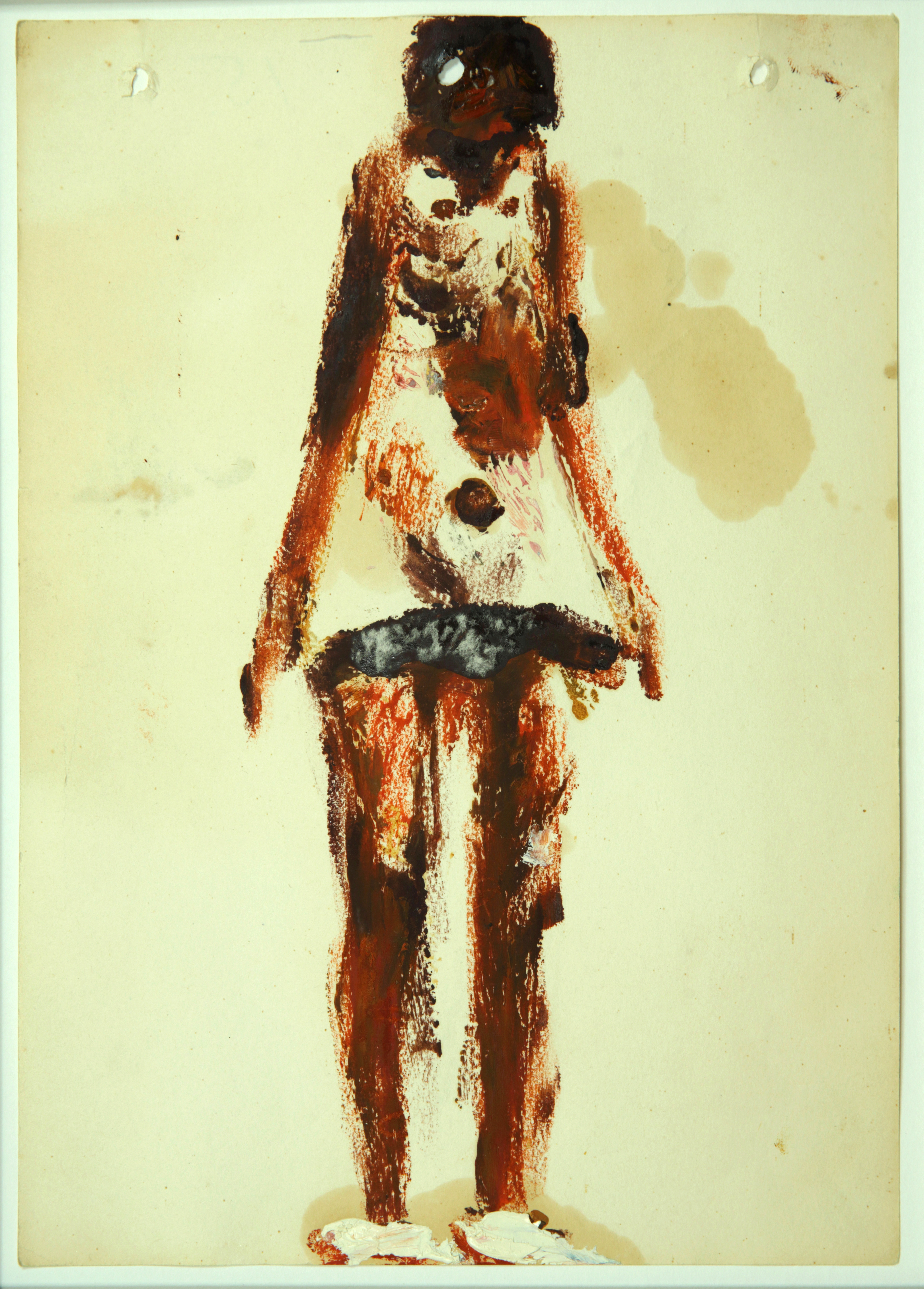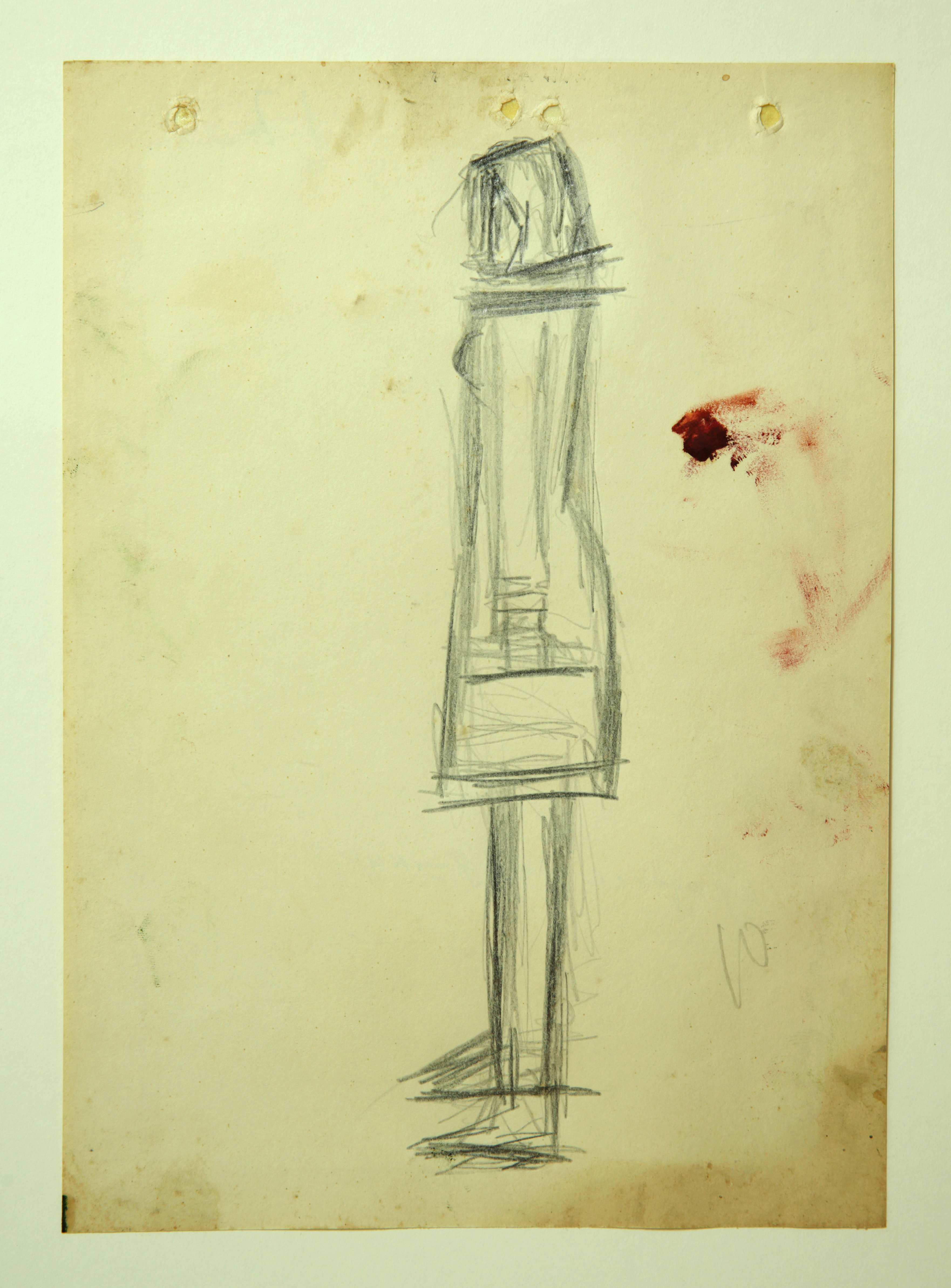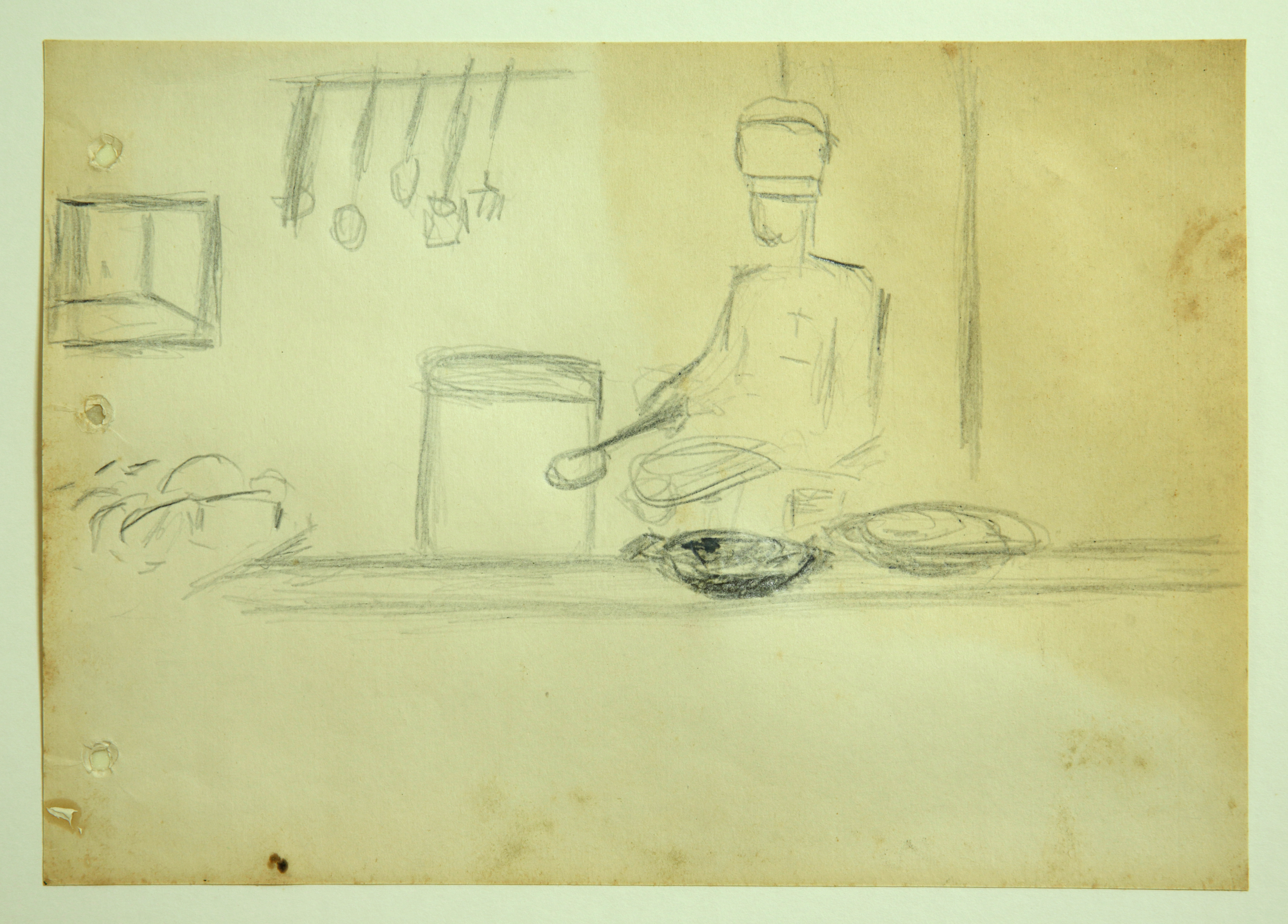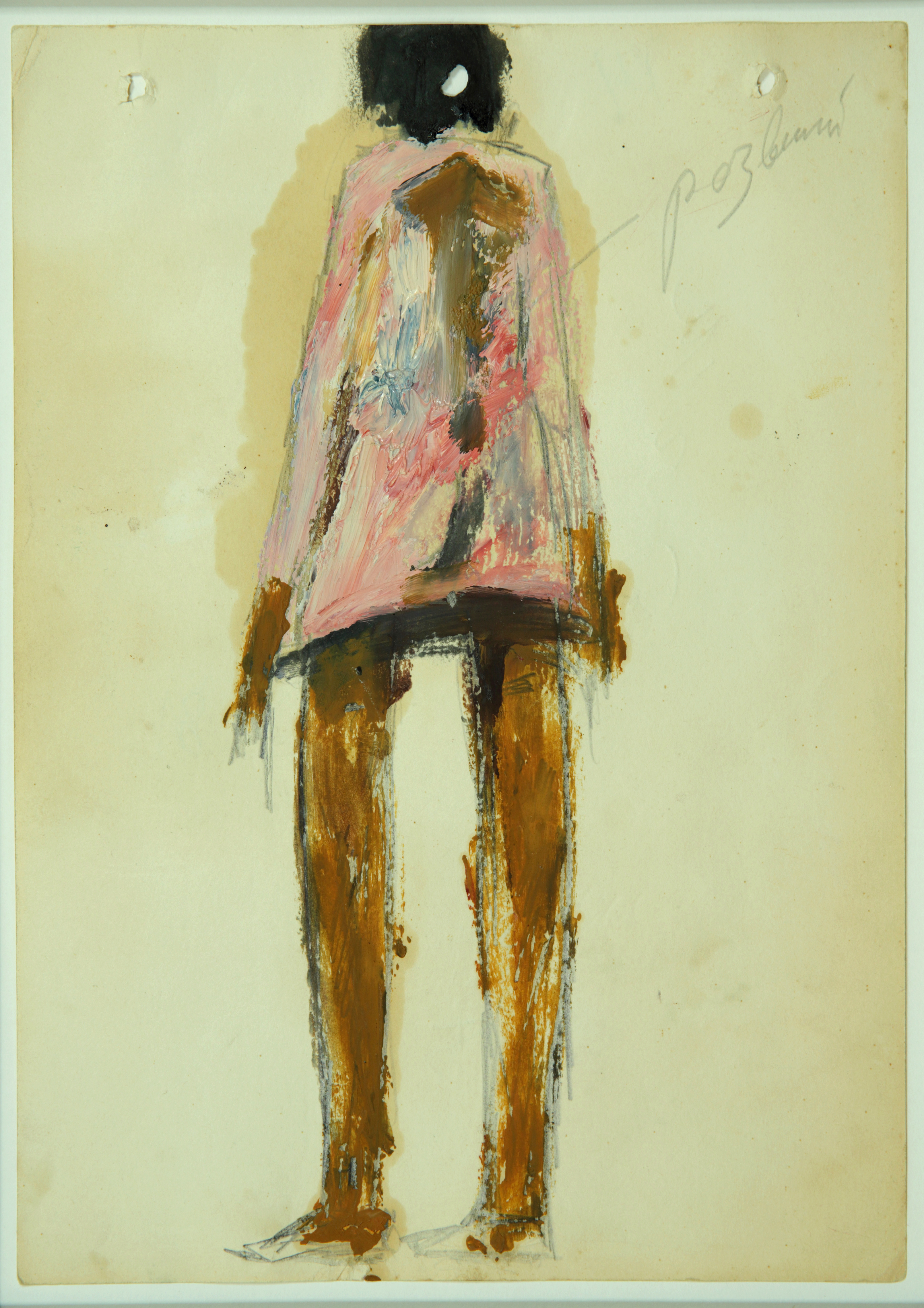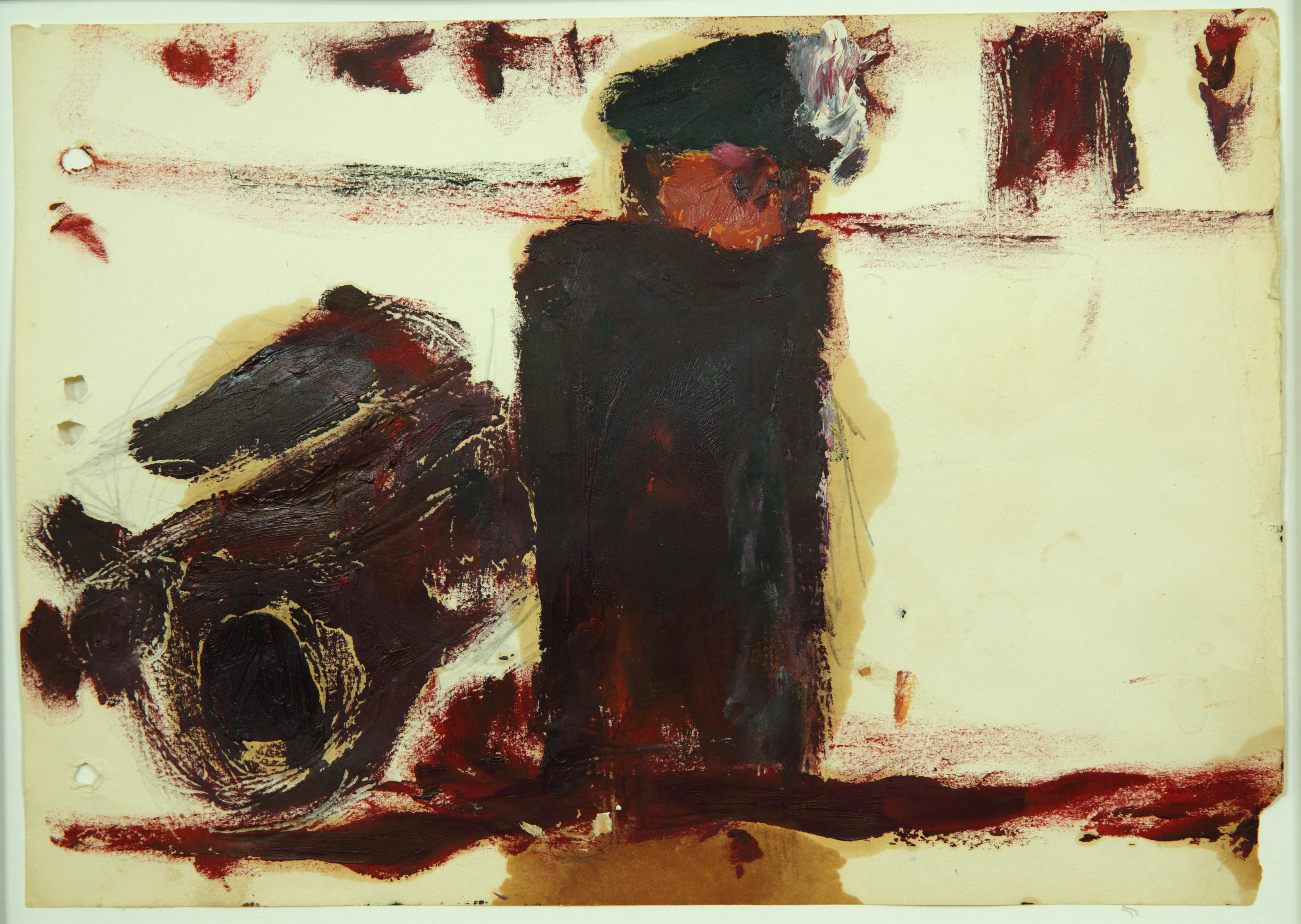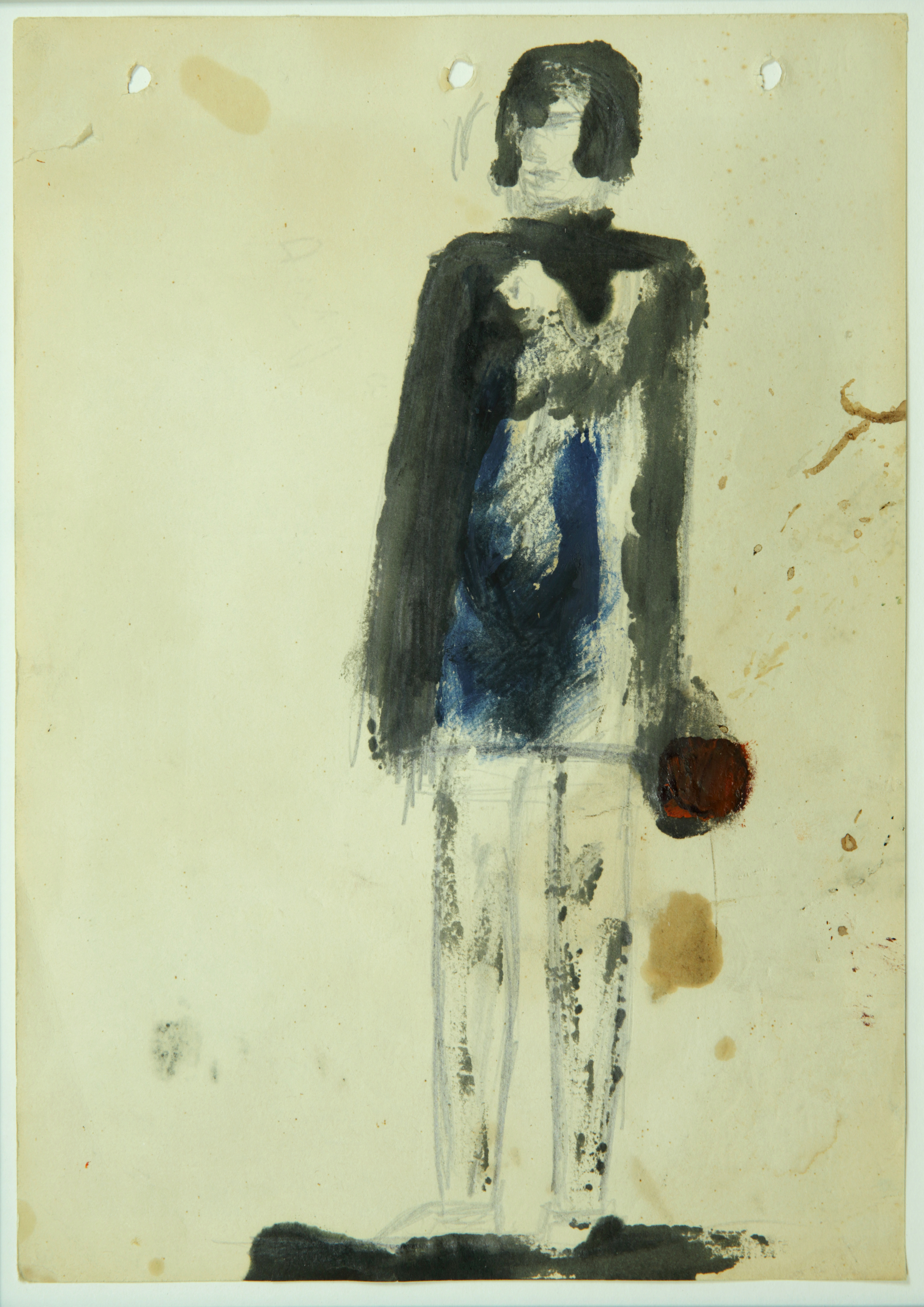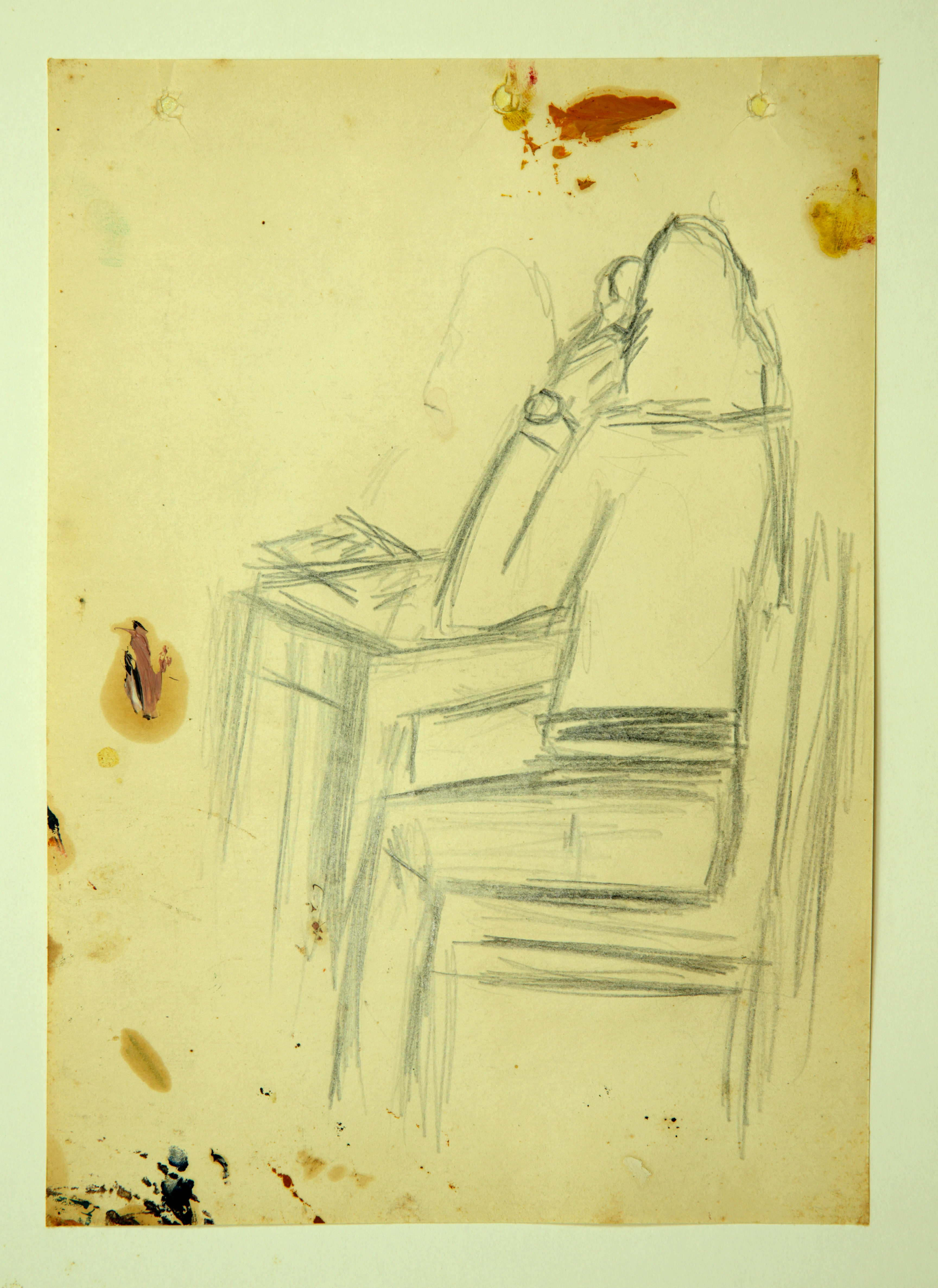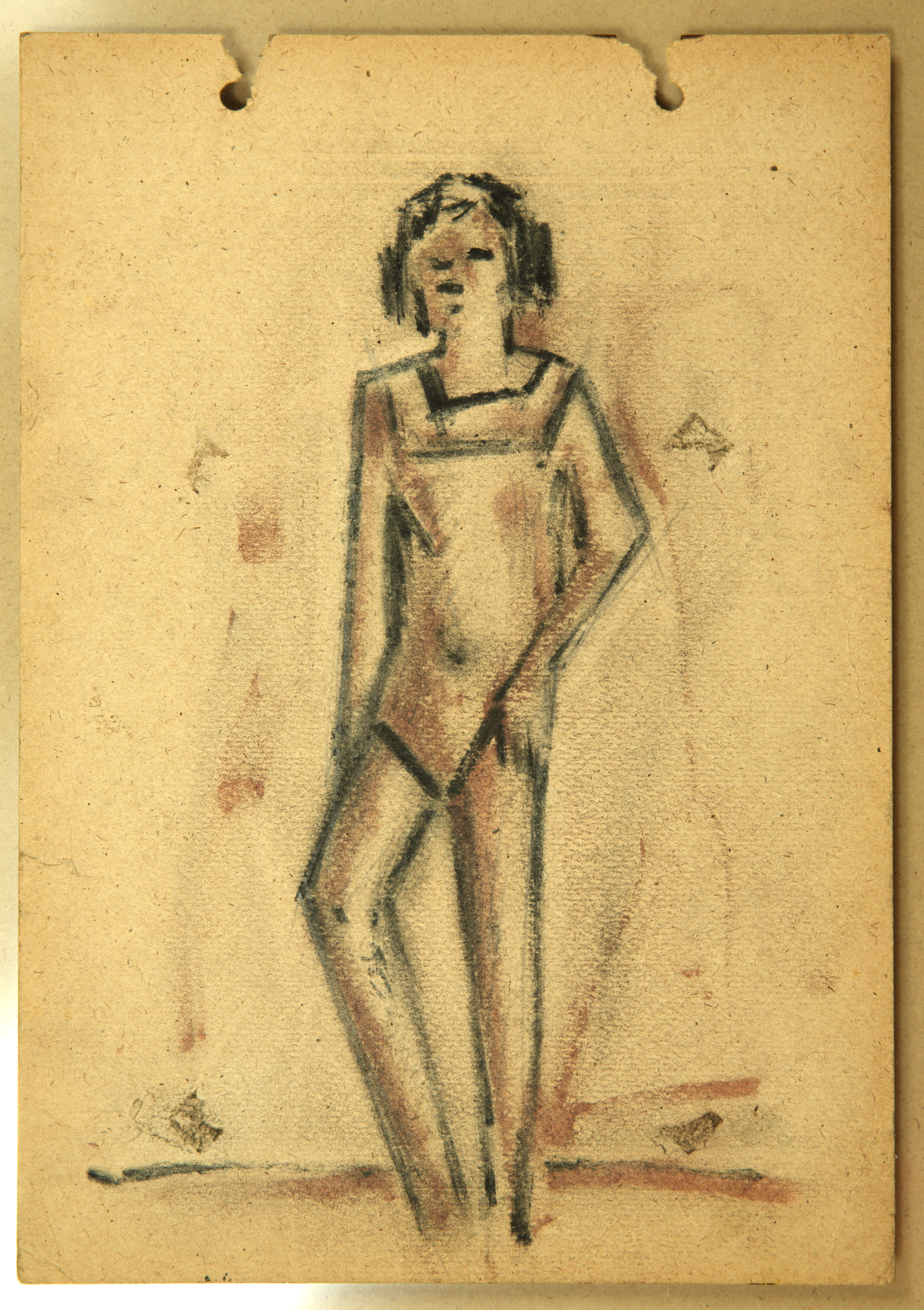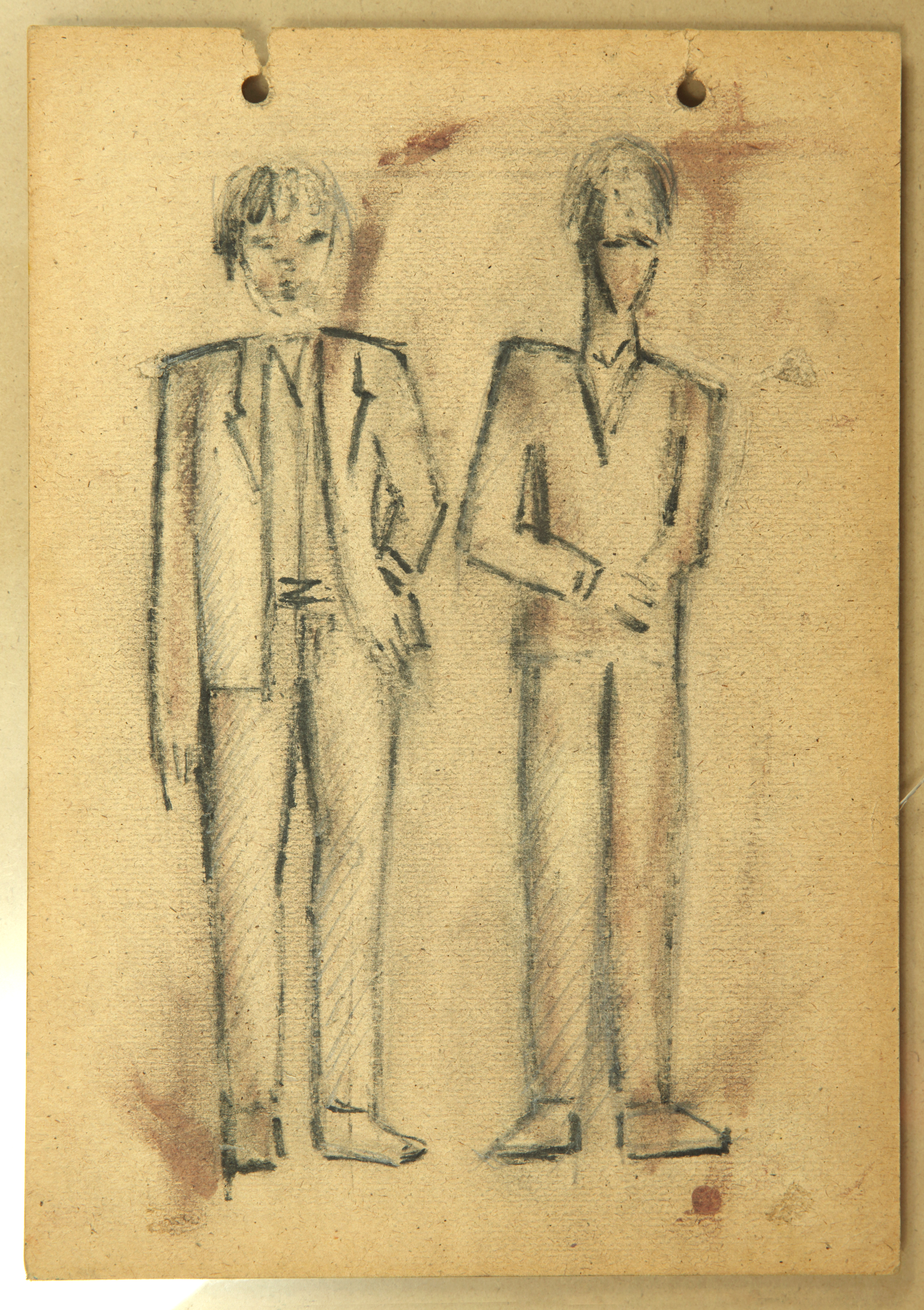Ashraf Murad
Born October 26, 1925 in Baku, Azerbaijan.
1946 – Graduated from A. Azimzade State Art College in Baku;
1954 – Graduated from I.E. Repin’s Leningrad Institute of Painting, Sculpture and Architecture with distinction Selected;
Ashraf Murad’s works are being kept at the Artists Union of Azerbaijan, Azerbaijan National Art Museum, The Museum of Modern Art, Baku and private collections;
Ashraf Murad passed away on March 11, 1979 in Baku.
Ashraf Murad’s works which mainly were kept in private collection after his death, now collected in “Nar” gallery. Unsuccessful life and tragic fate of artist left their imprint both on his creativity and his work’s fate. Azeri people are grateful to gallery owner for that he could gather these works and make them a nation heritage.
Ashraf Murad is one of those artists whose work becomes somehow a continuation of their sad destiny, and imagination is a product of confused and loaded consciousness. This consciousness drags us behind in the mirror, in syura world with its distorted objects and unusual color scale which rebels against the generally accepted color perception. In his works there is no a form-building, his works are – organic part of his world perception. That is why the simplest characters in his paintings, for example tennis players look so mysteriously and at the same time so attractive. Slender figures of sportswomen sunbathing at beach, immersed in dense haze, the beauty which mysteriously and incomprehensibly shows through. The artist departs from linear perspective and classical criterion of beauty and in many respects intuitively, creates his beautiful, full of harmony reality. His characters are asocial and concentrated in themselves, there is something metaphysical in their glances which artist managed to catch and capture in a flash. This feeling amplifying with his pictures’ plastic language, with precise compositional solutions, distorted figures of characters and dark palette. Might, strong personality and tyranny- here are the leitmotifs of character formation which Ashraf Murad depicts. Looking at his monumental canvases sometimes it seems that from abyss appears some self-sustained force and absorbs light of realistic images in the background, those are the pictures of “Tehran conference”, “Lenin in Smolnom”, “Portrait of Tereshkova”, “Portrait of Krupskaya”. Characters of his pictures remind wax figures, this is either idols or either half-pigeons, or half-demons! In his soul, as in his pictures an eternal struggle of light and darkness, good and evil is going on. At first sight it seems that dark forces of the abyss on his pictures of Ashraf celebrates the victory, however it is completely inexplicable, his canvases emit light which manages to break the forces of the black abyss. Considering these pictures the person gets an expression the tortured, emaciated consciousness of the artist still did not fade completely in the haze of insanity, and, contrary to expectations, preserved the purity of the perception of the world. It is paradoxical, but Ashraf’s still life differs with originality of use of paints, which does not fit with the gloomy inner world of the artist. Melons painted by him are permeated with light, but watermelons as if painted with flashes of sunset, just radiate heat! Paints with which these pictures were painted are dense and aromatic as juice emanating from mature fruit. Works of Ashraf Murad are kept in Union of Azerbaijan Artists, in Azerbaijan National Art Museum, in Museum of modern arts in Baku also in private collections. Togrul Narimanbekov’s phantasmagoric world on canvases was permeated with powerful soul of national folk and was filled with figurative-associative symbols intrinsic to traditions of Azerbaijan visual arts. His works are born from a synthesis of plastic language of eastern traditionalism and graphic systems intrinsic to western culture. Having bright and temperamental talent of colorist, artist was able to create his world where in difficult harmonious equilibrium neighboring different types of matters- earthly and cosmic, simple and fantastic, material and spiritual. World pictures on his canvases are filled with an abundance of forms of earthly life each of which has its own material embodiment. Expressionistic style of artist letter is expressed in the very manner building composition on plane, in the deformation of forms and objects, also in bright contrasting paints. This-passionate desire to paint not so much world features as much to paint deep sensory perception of reality.
